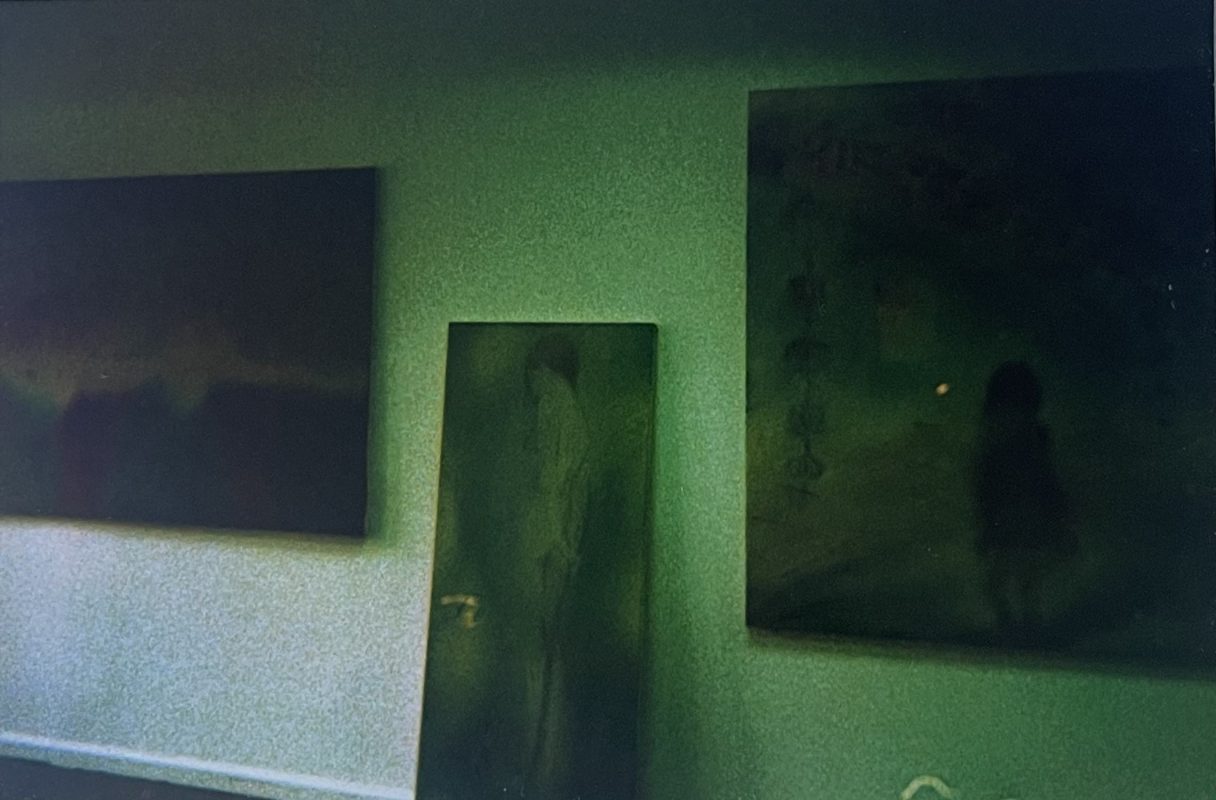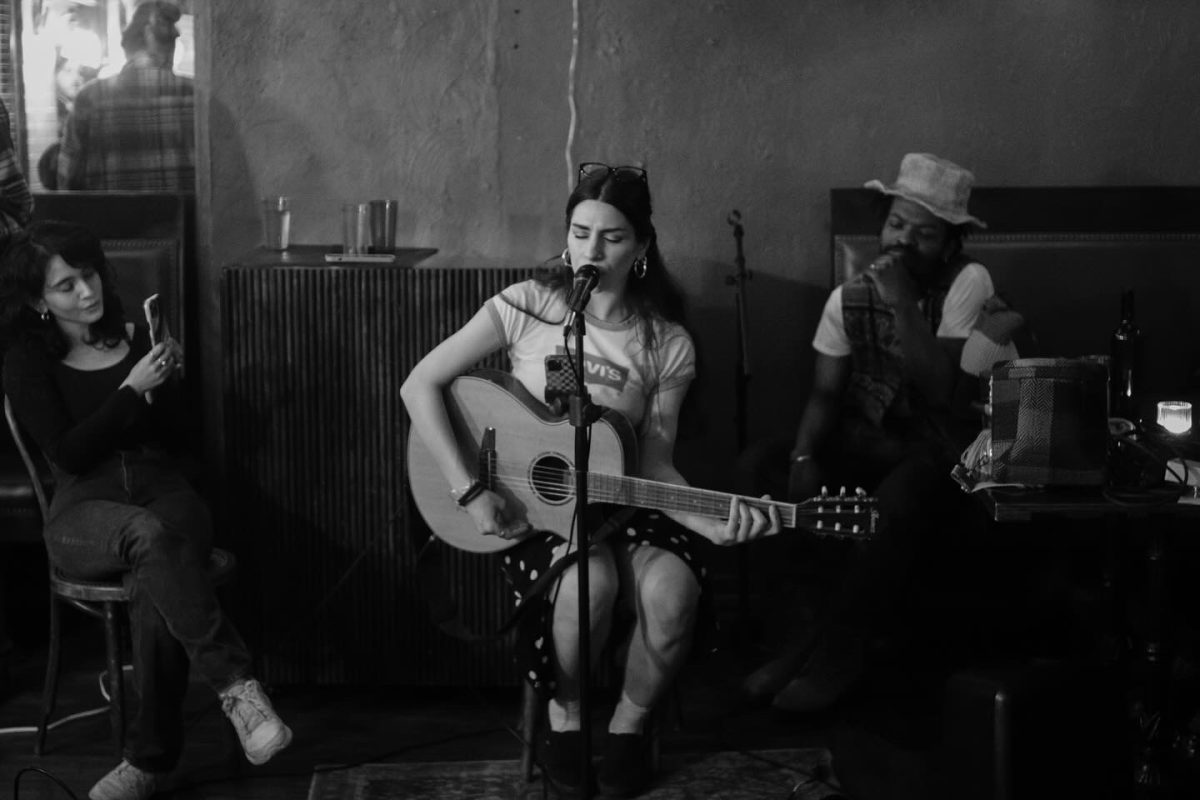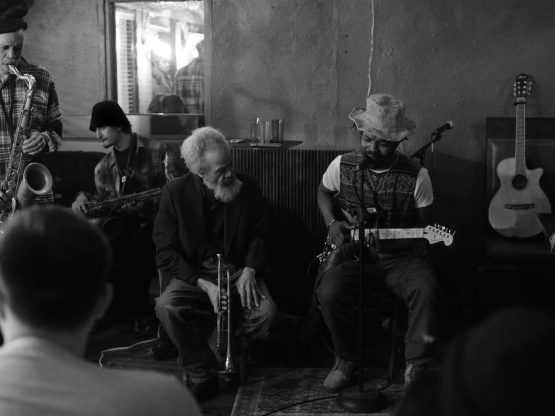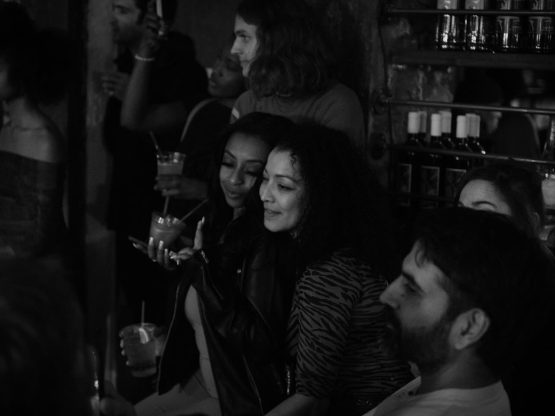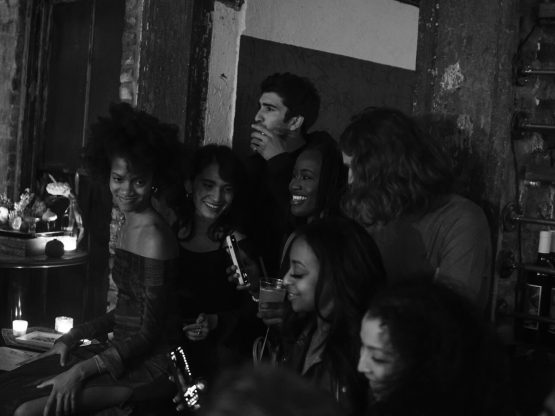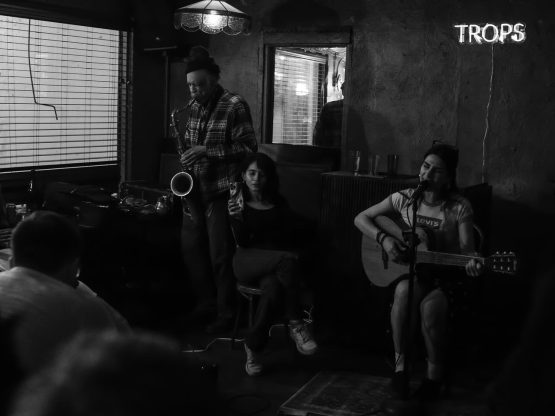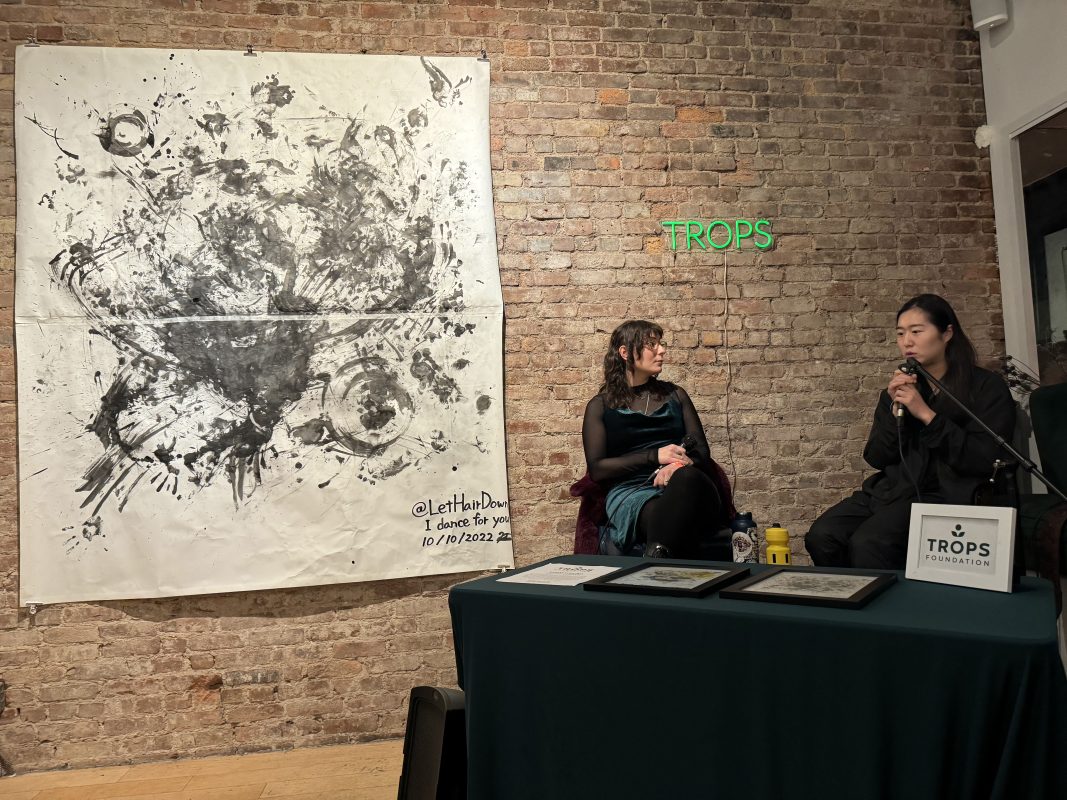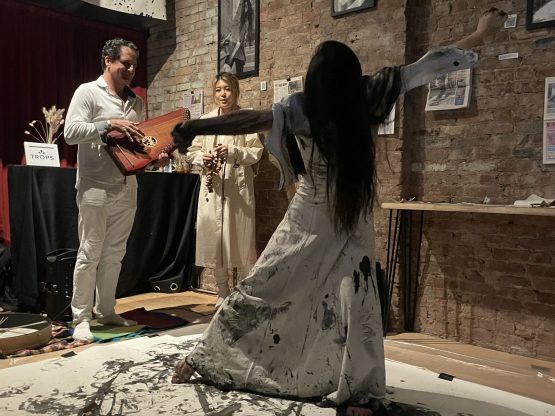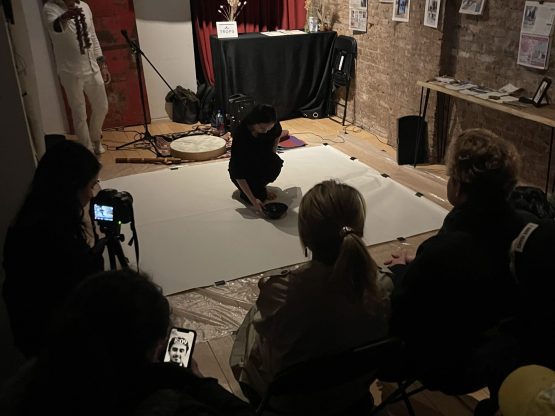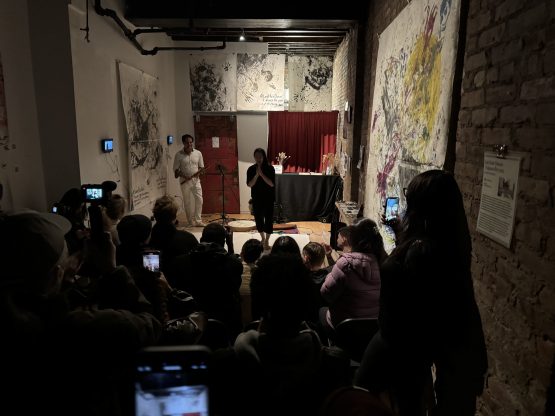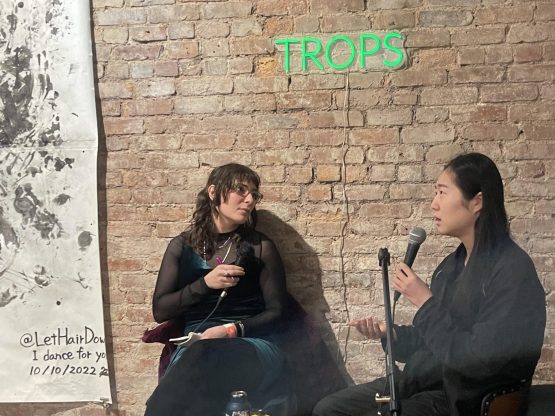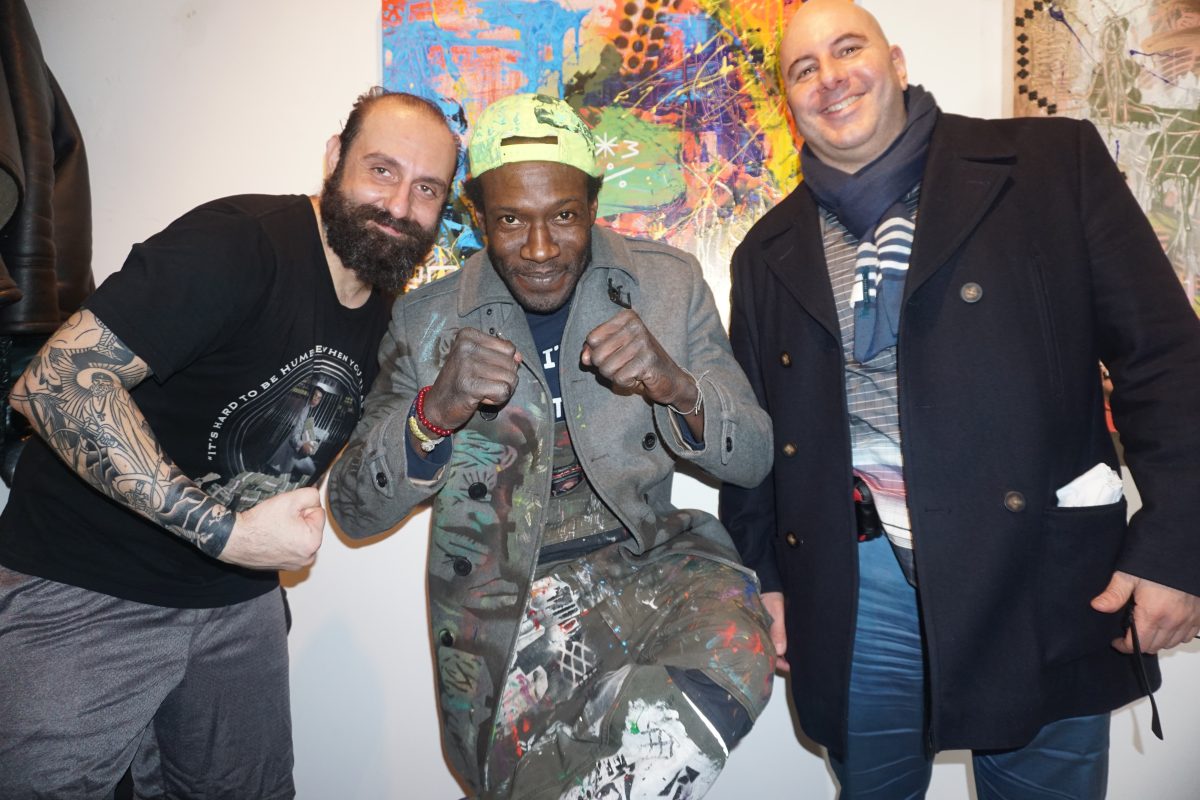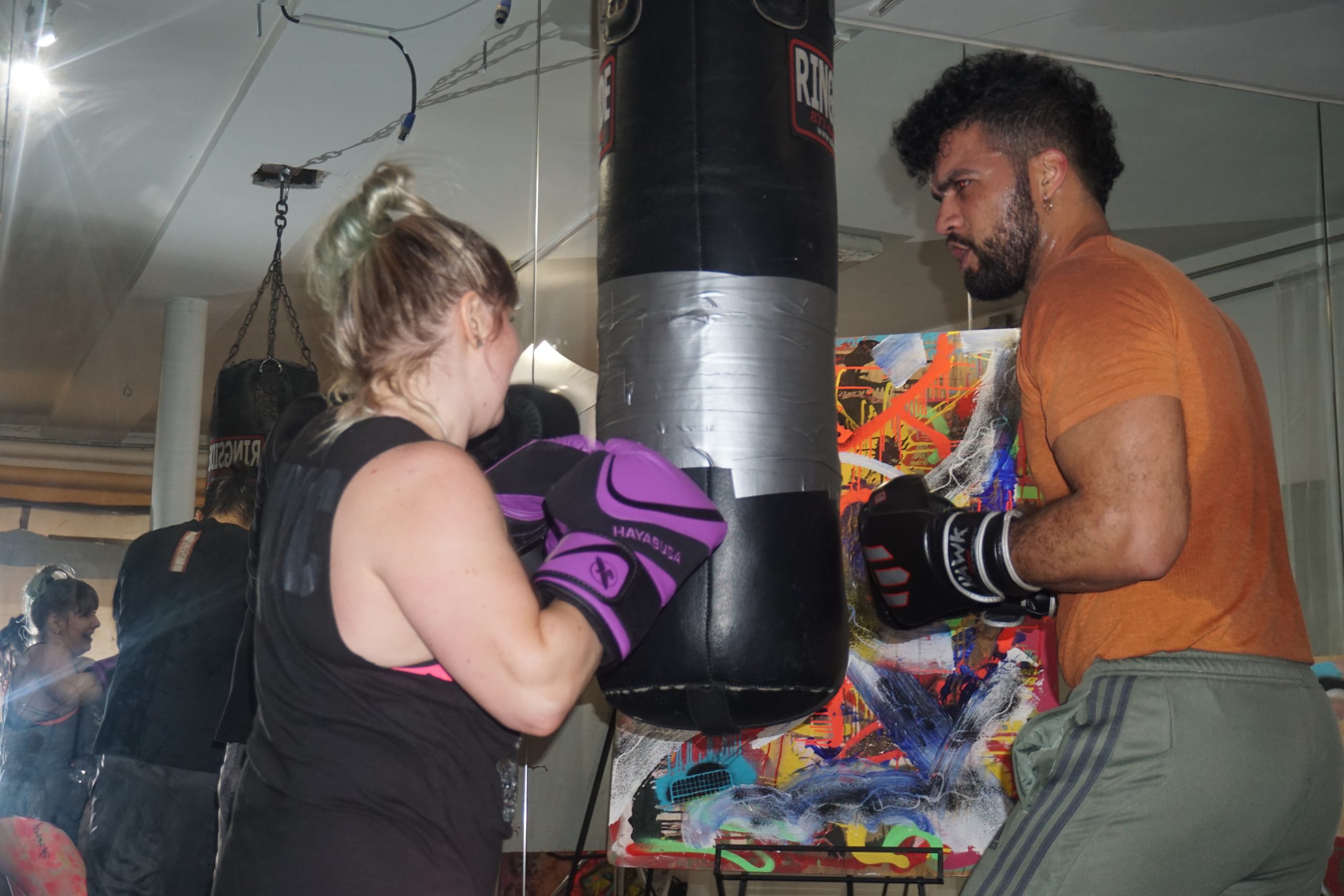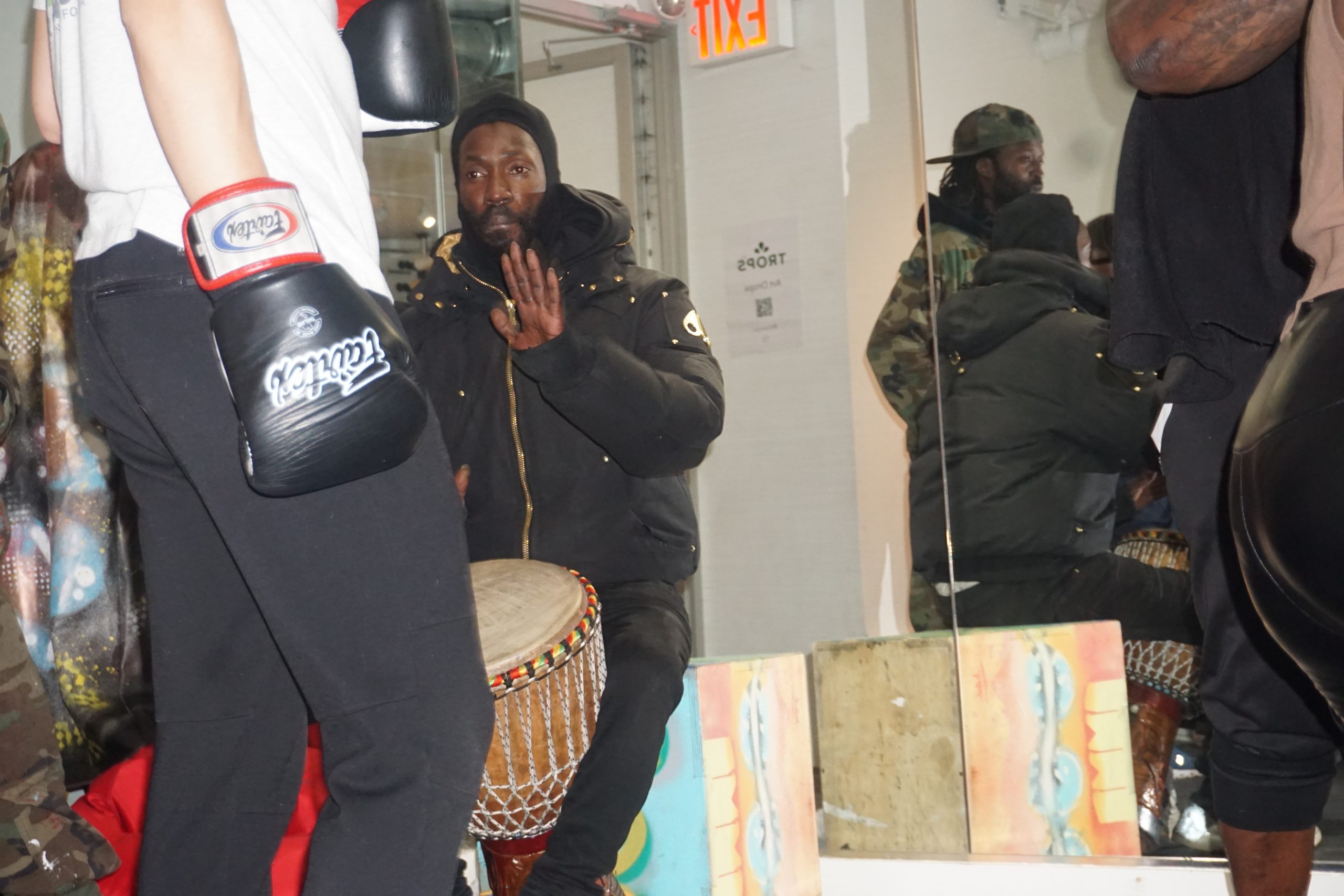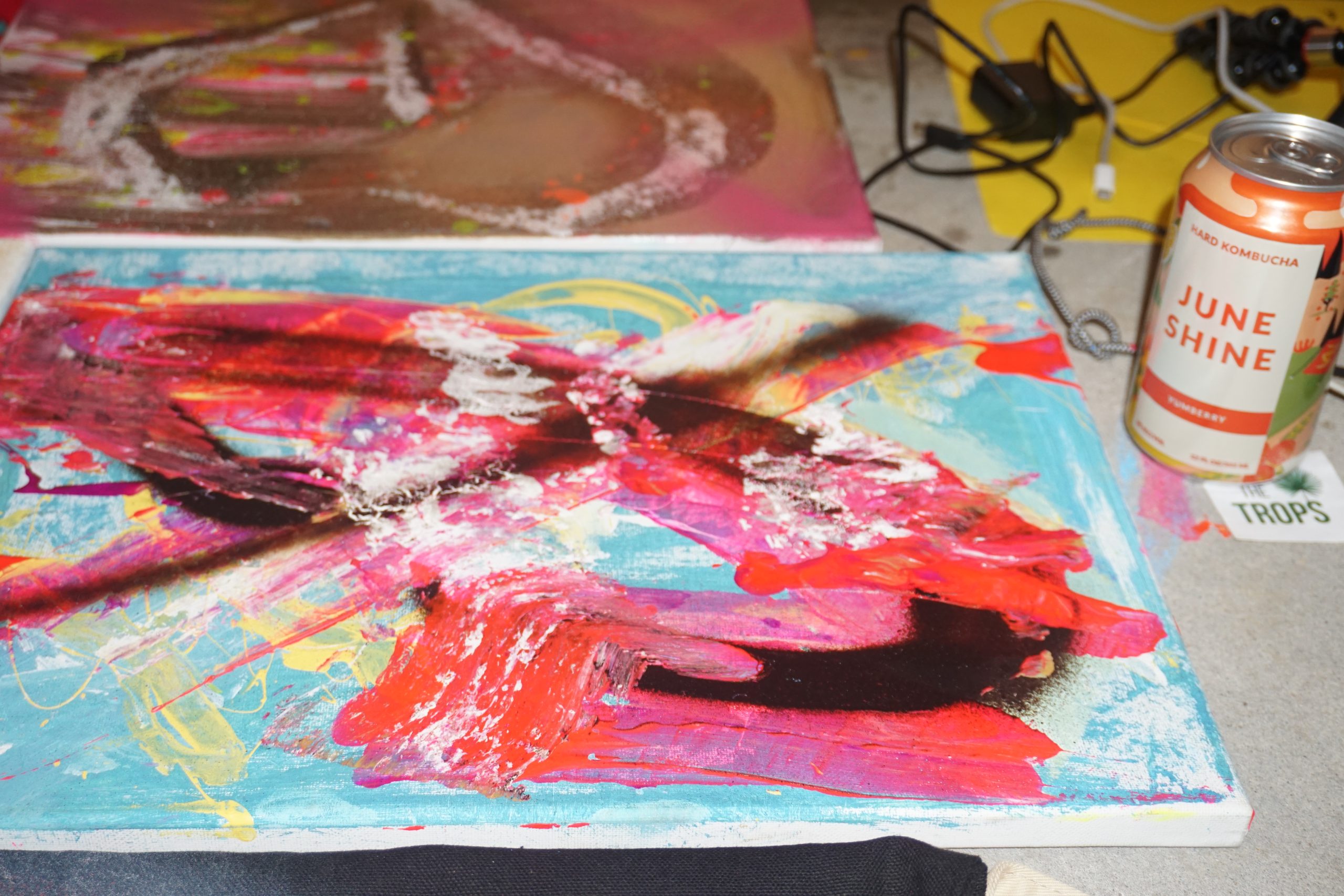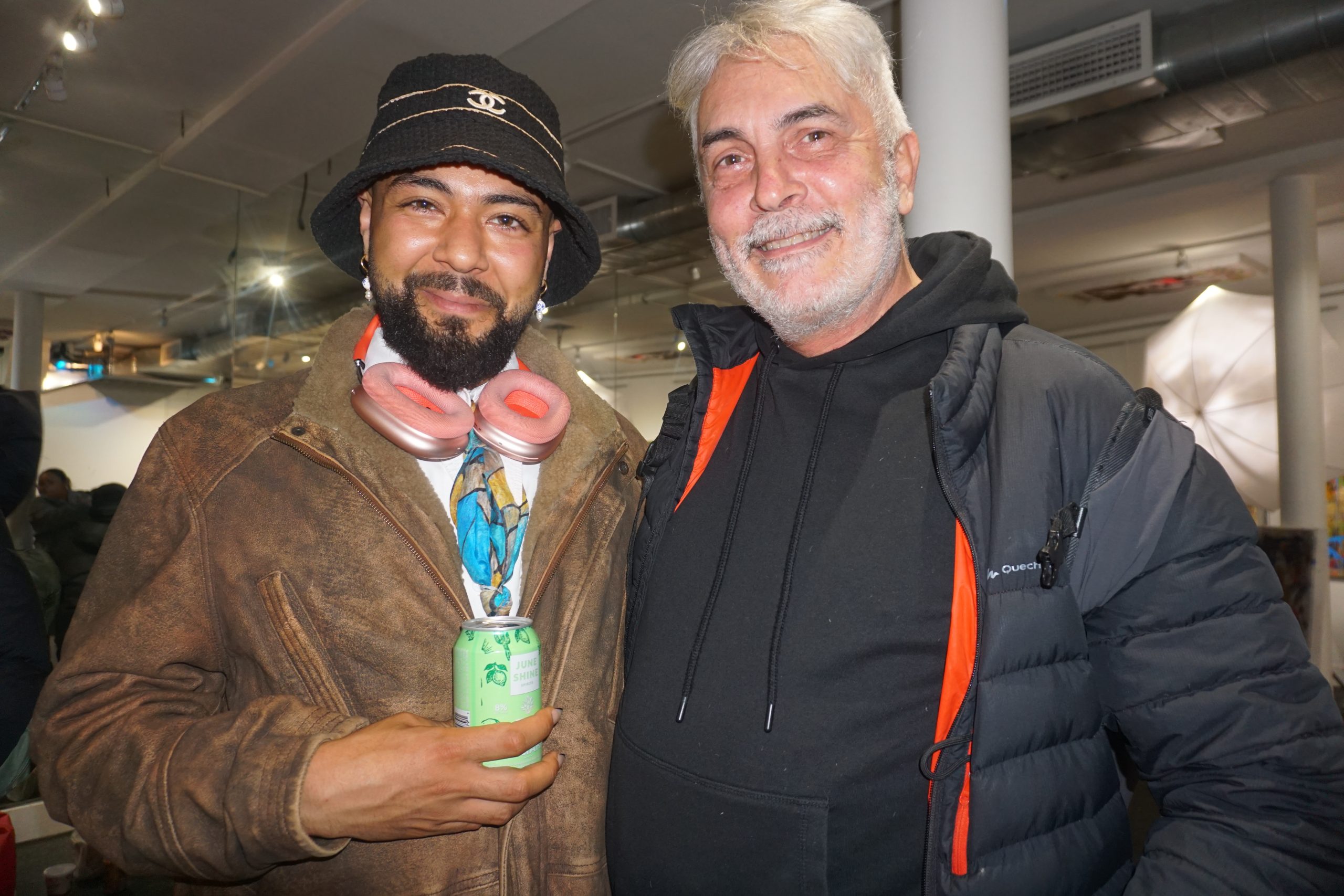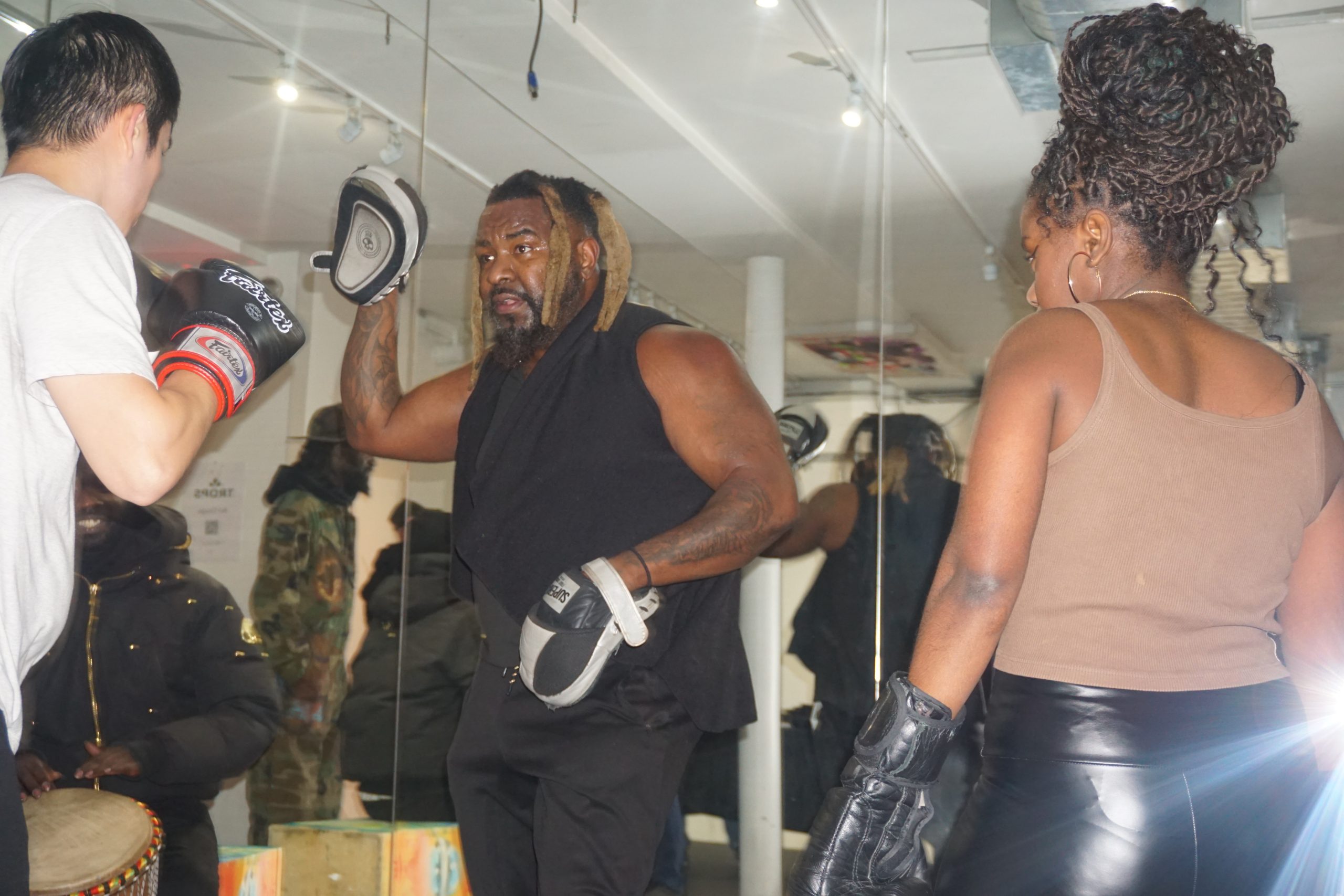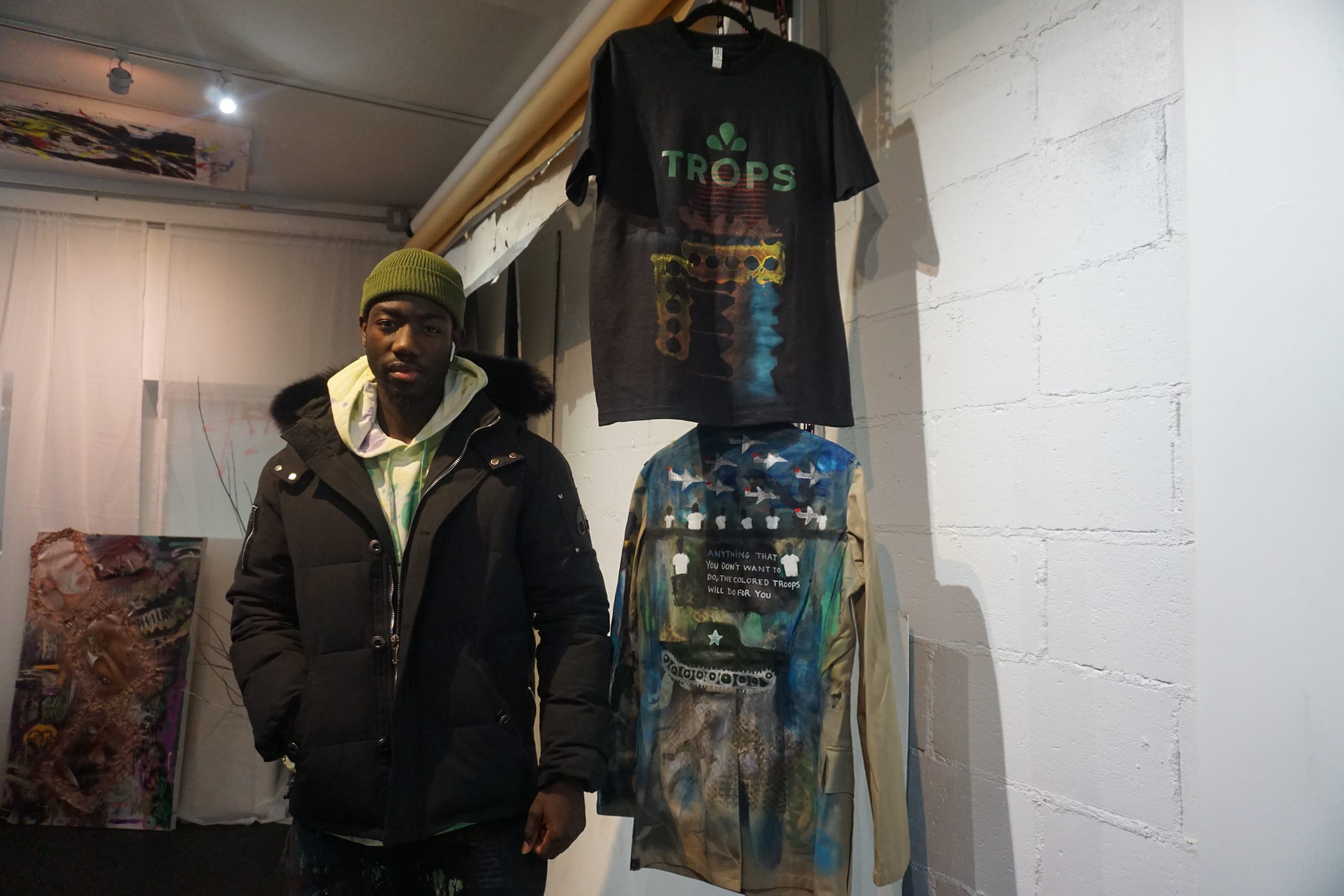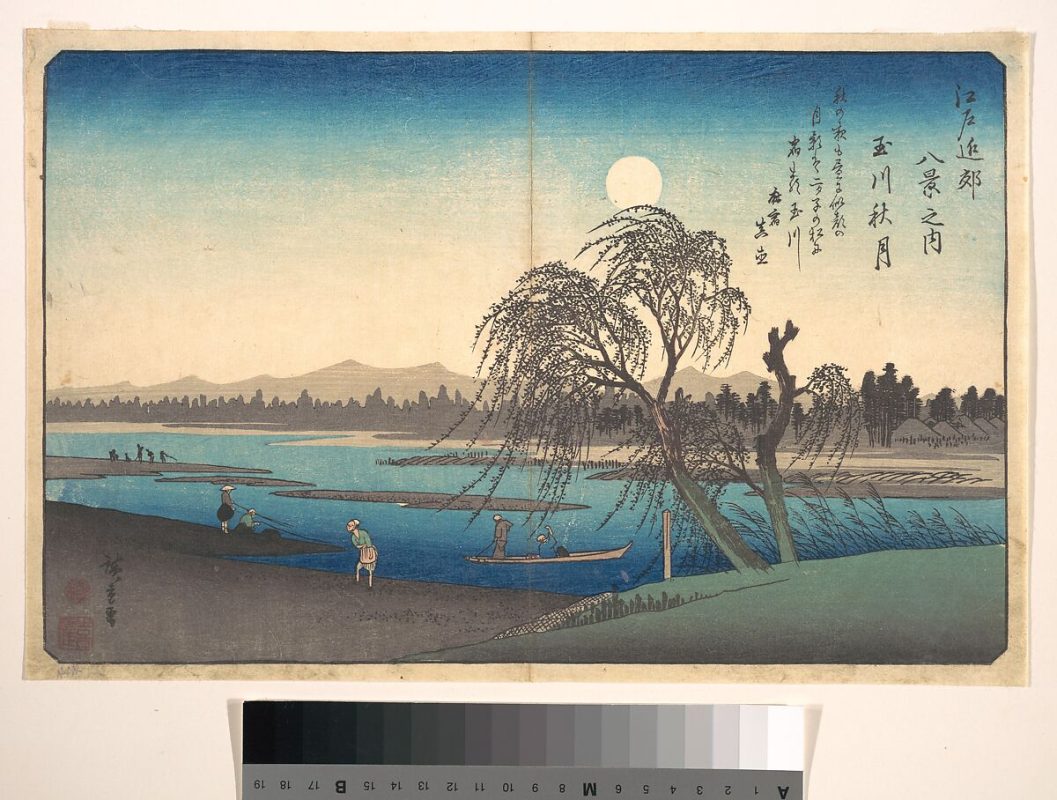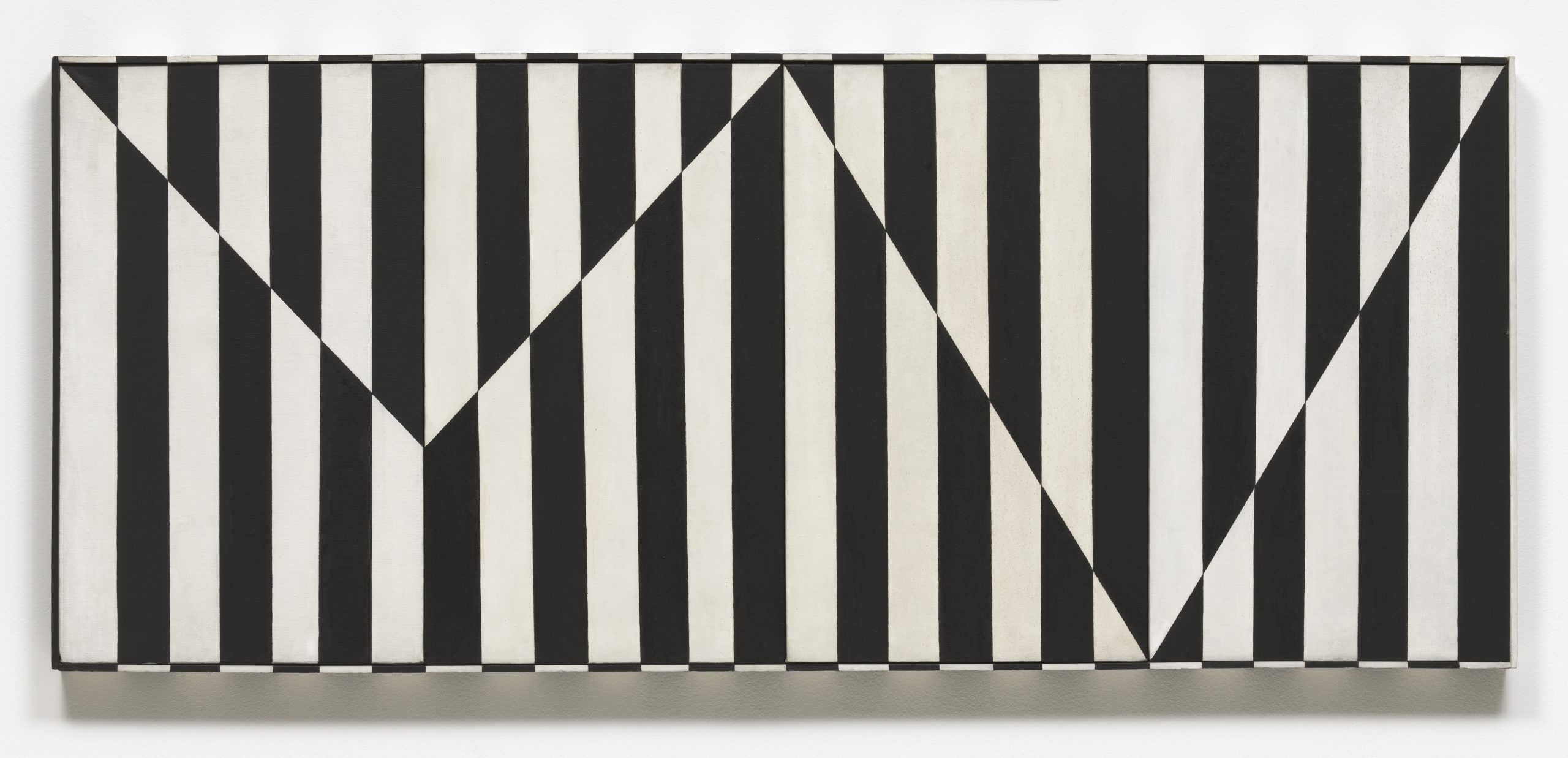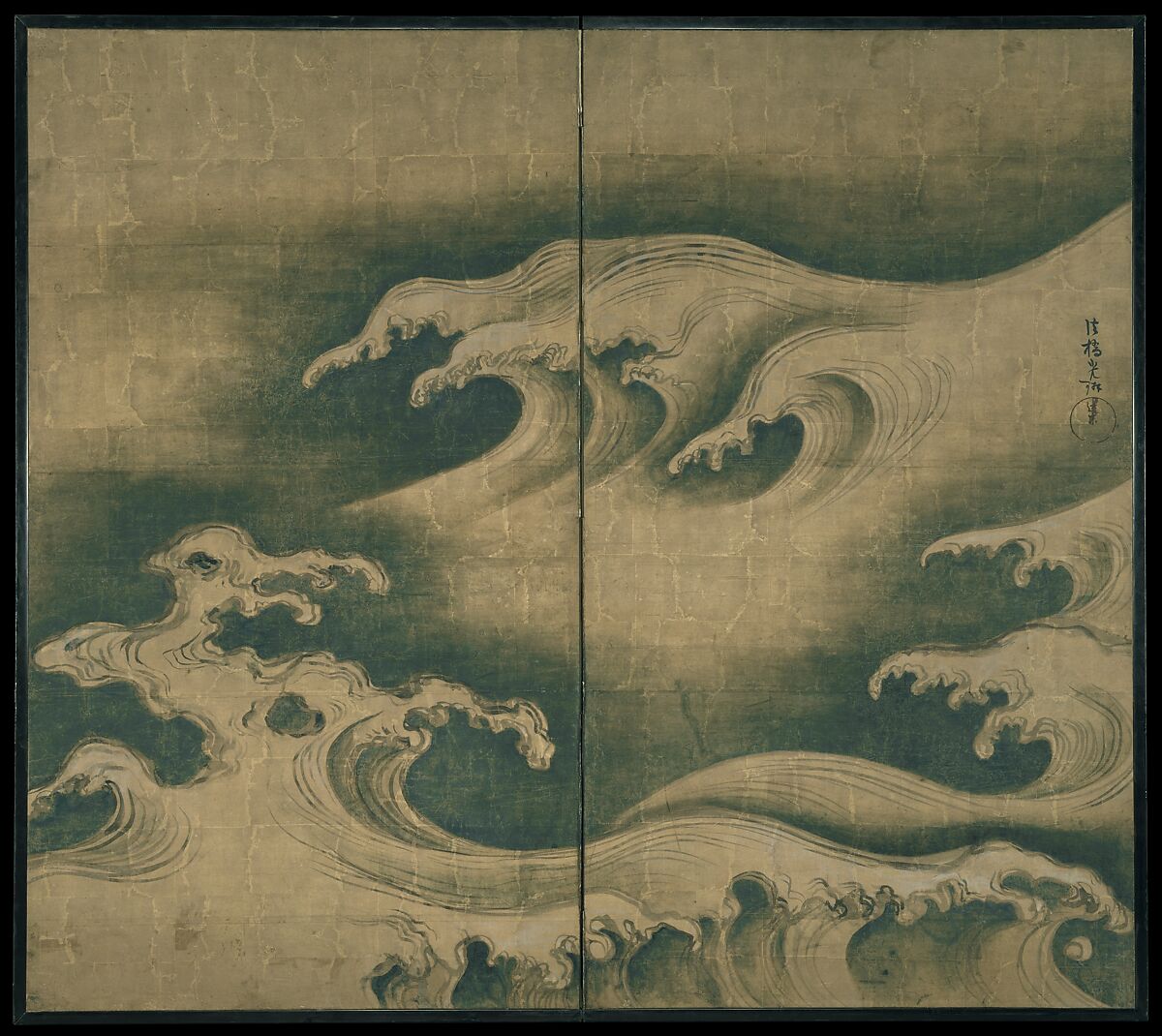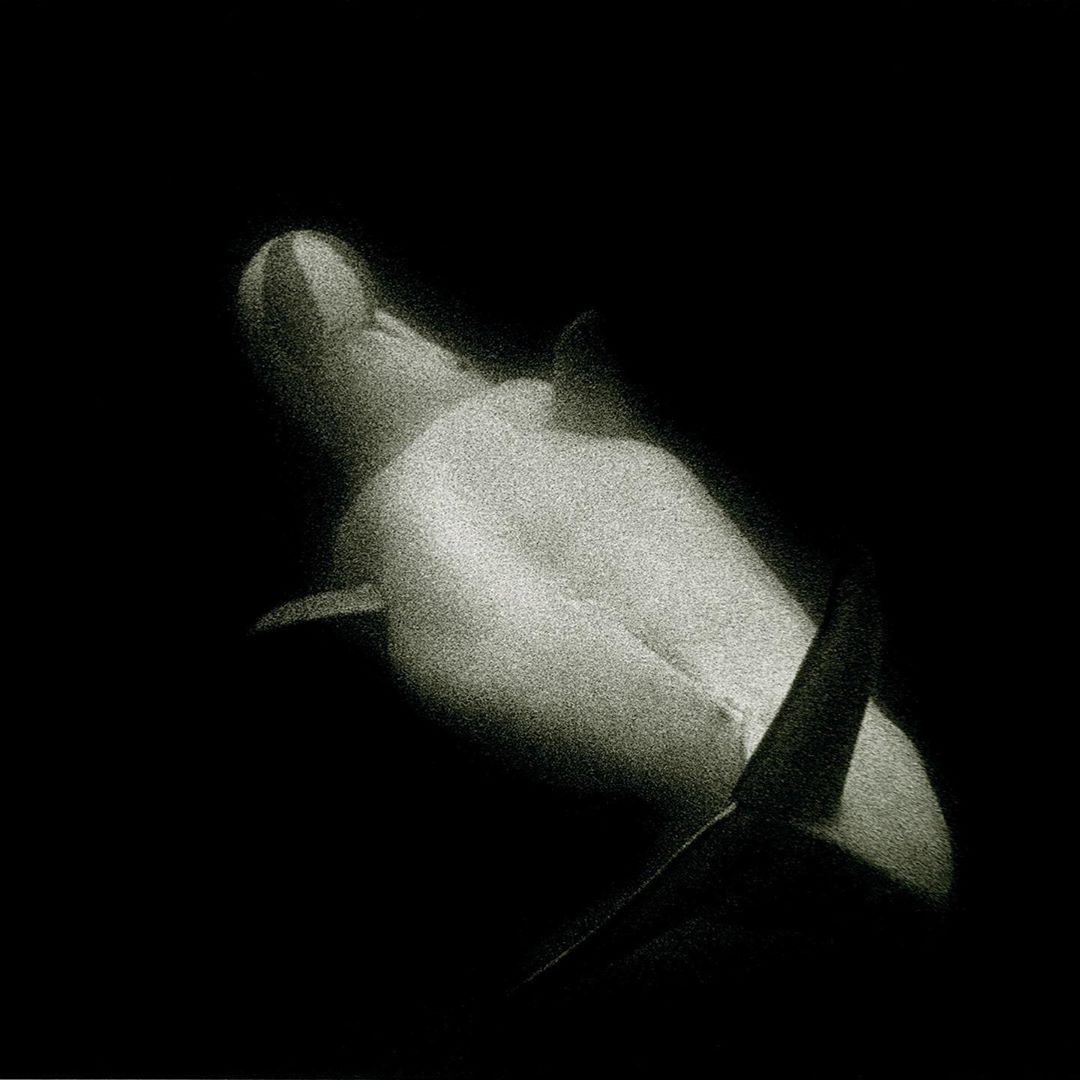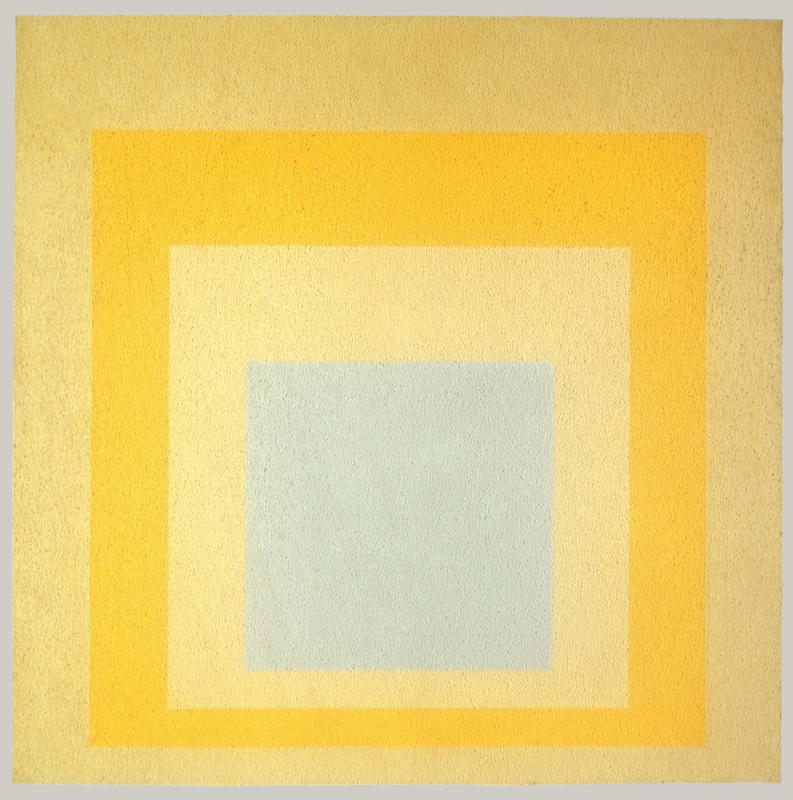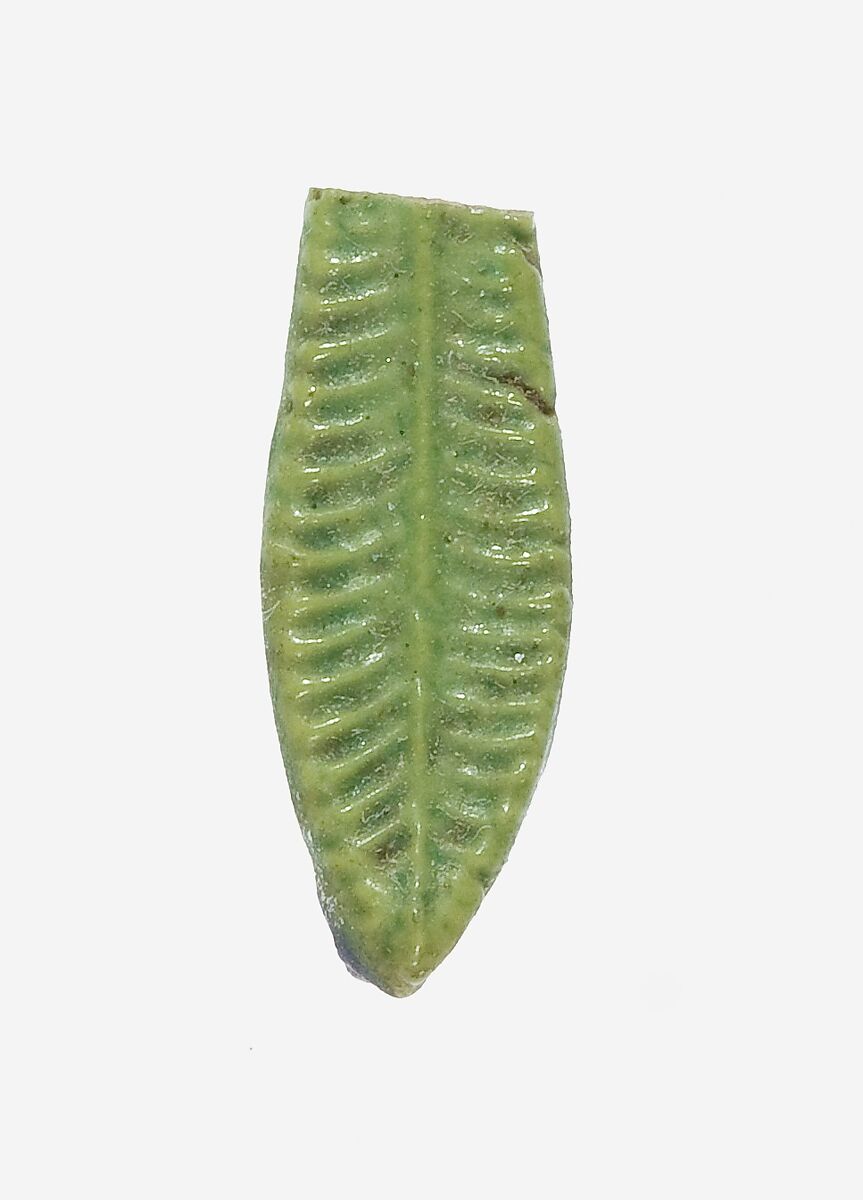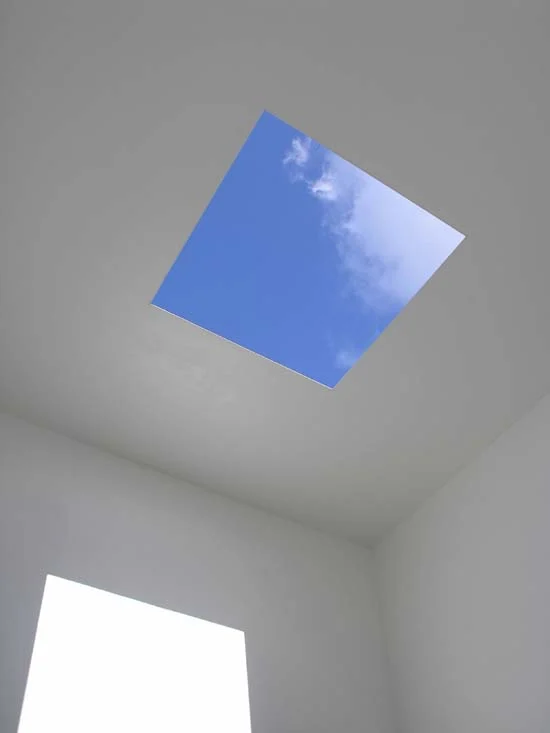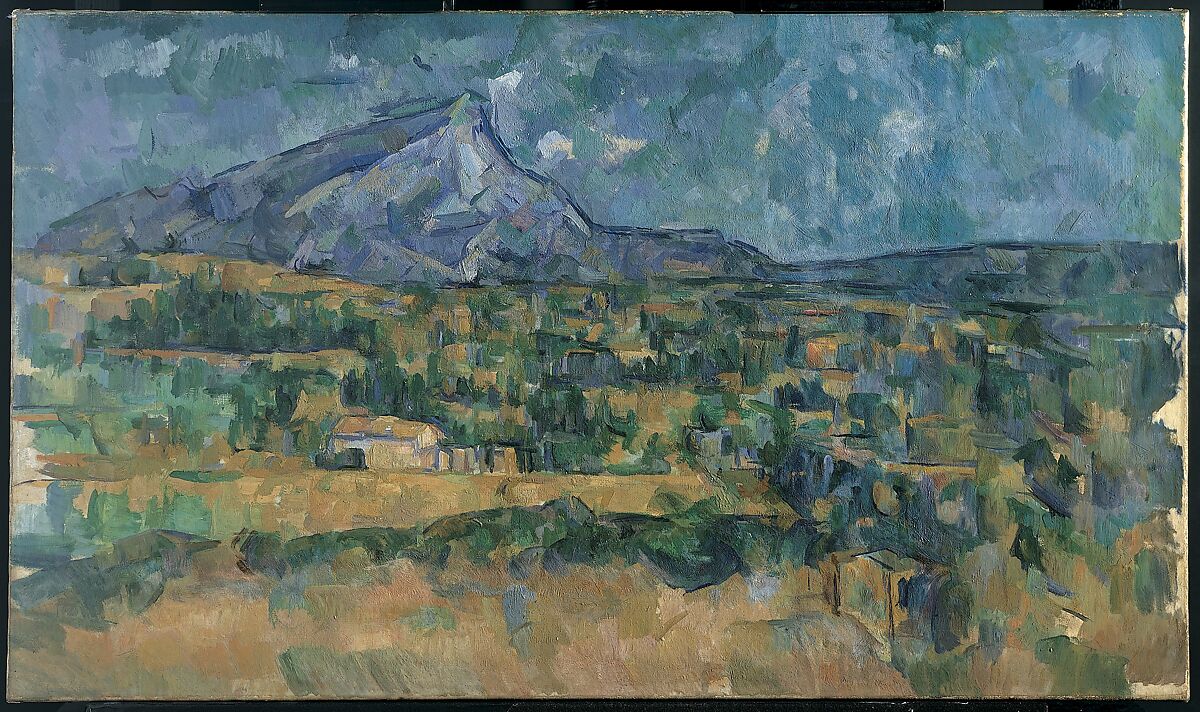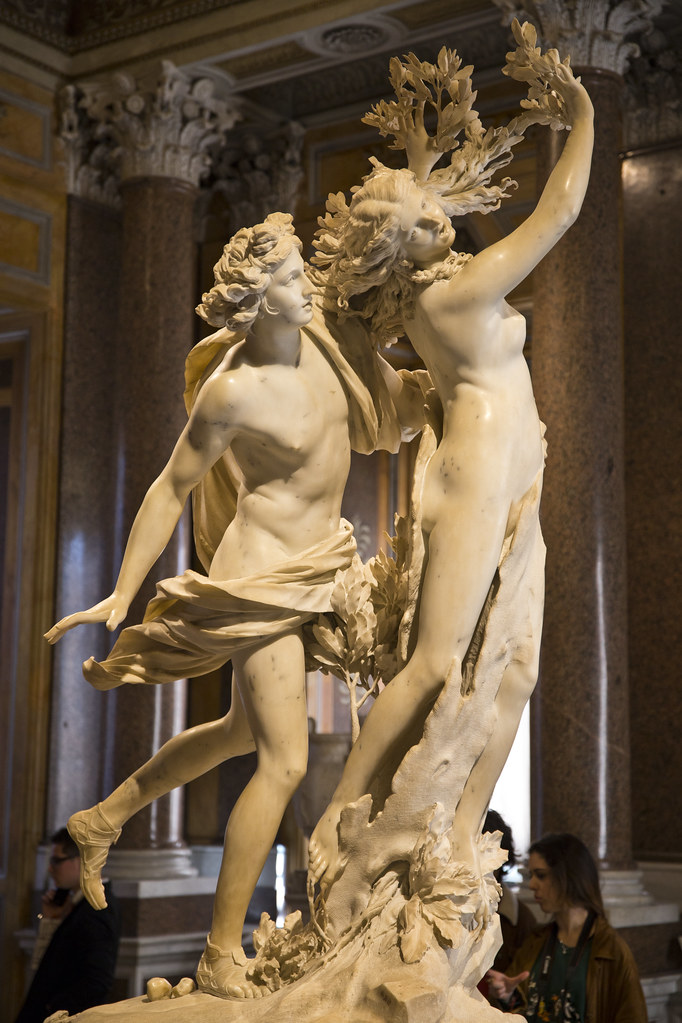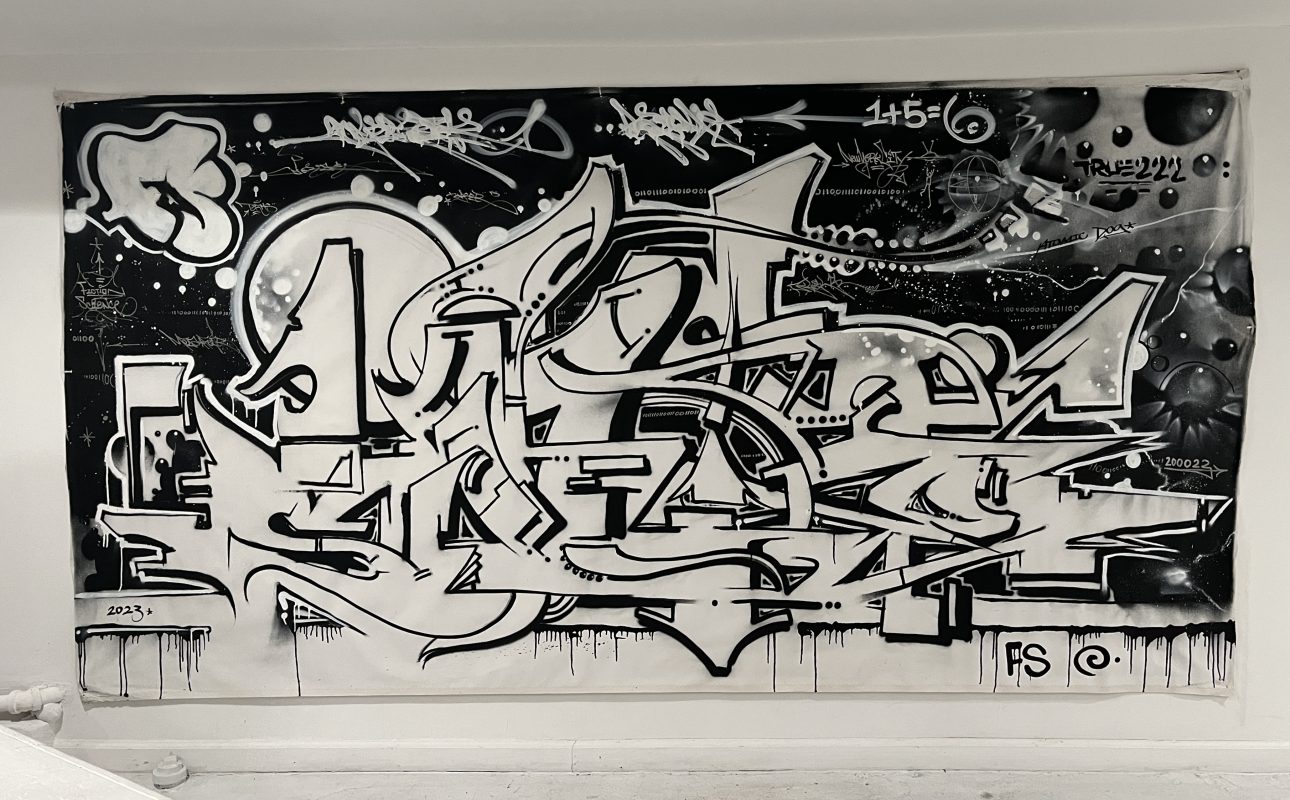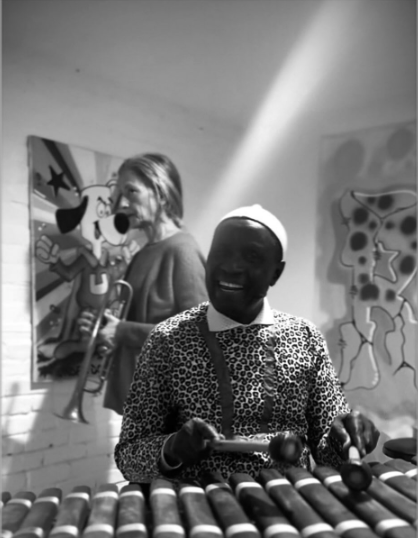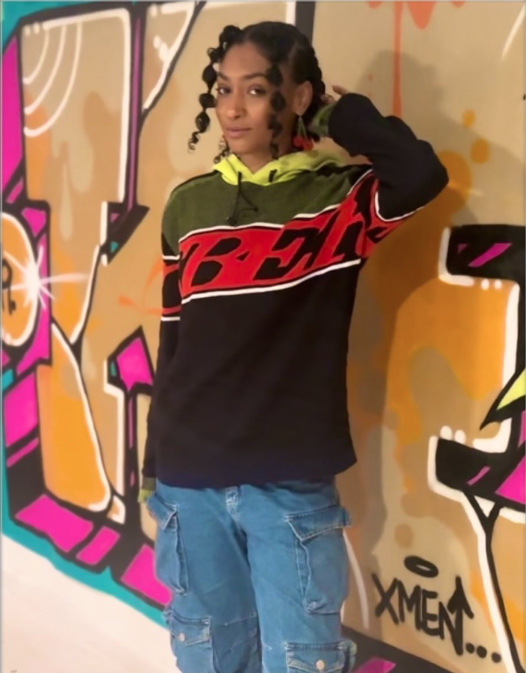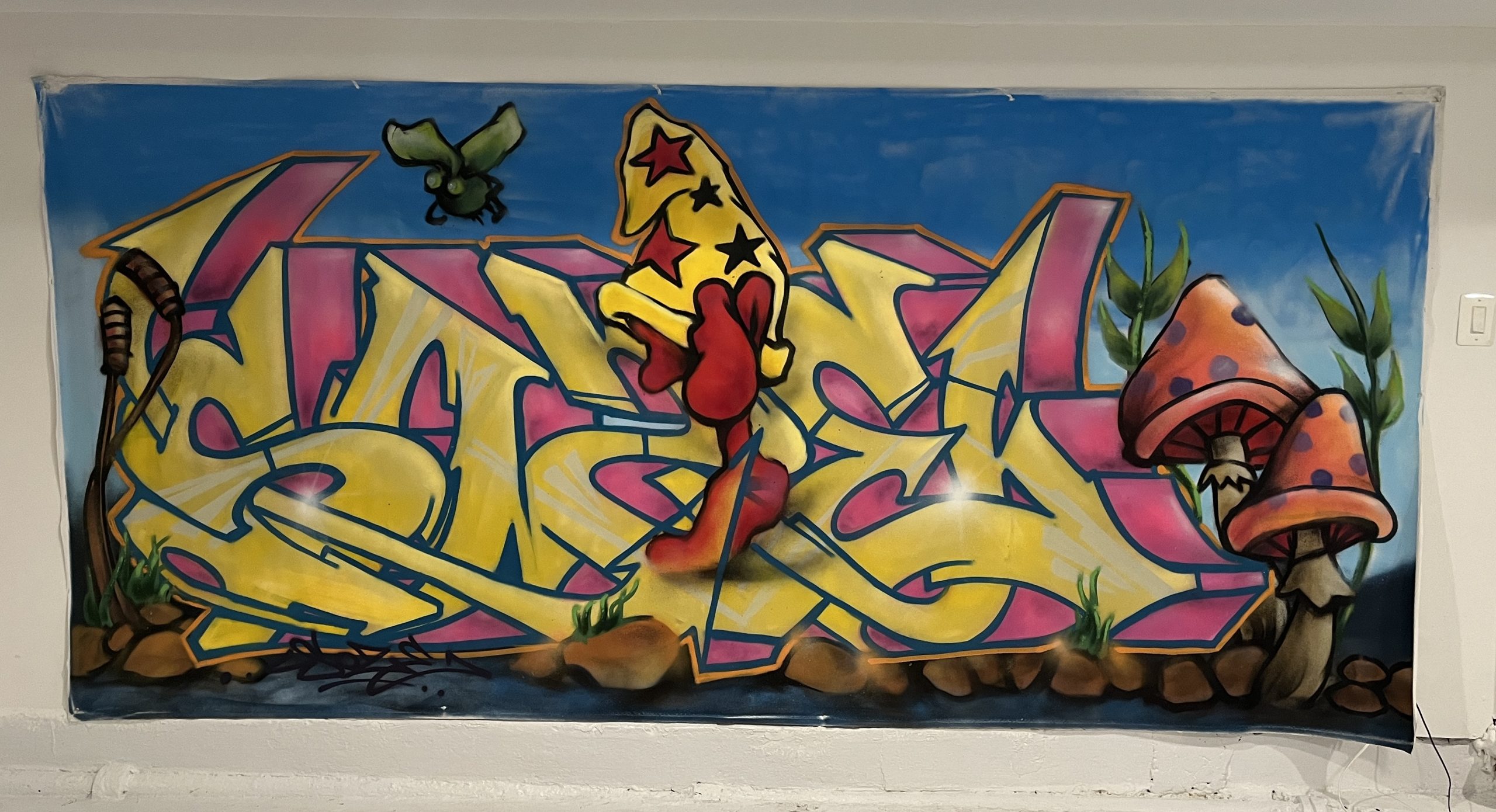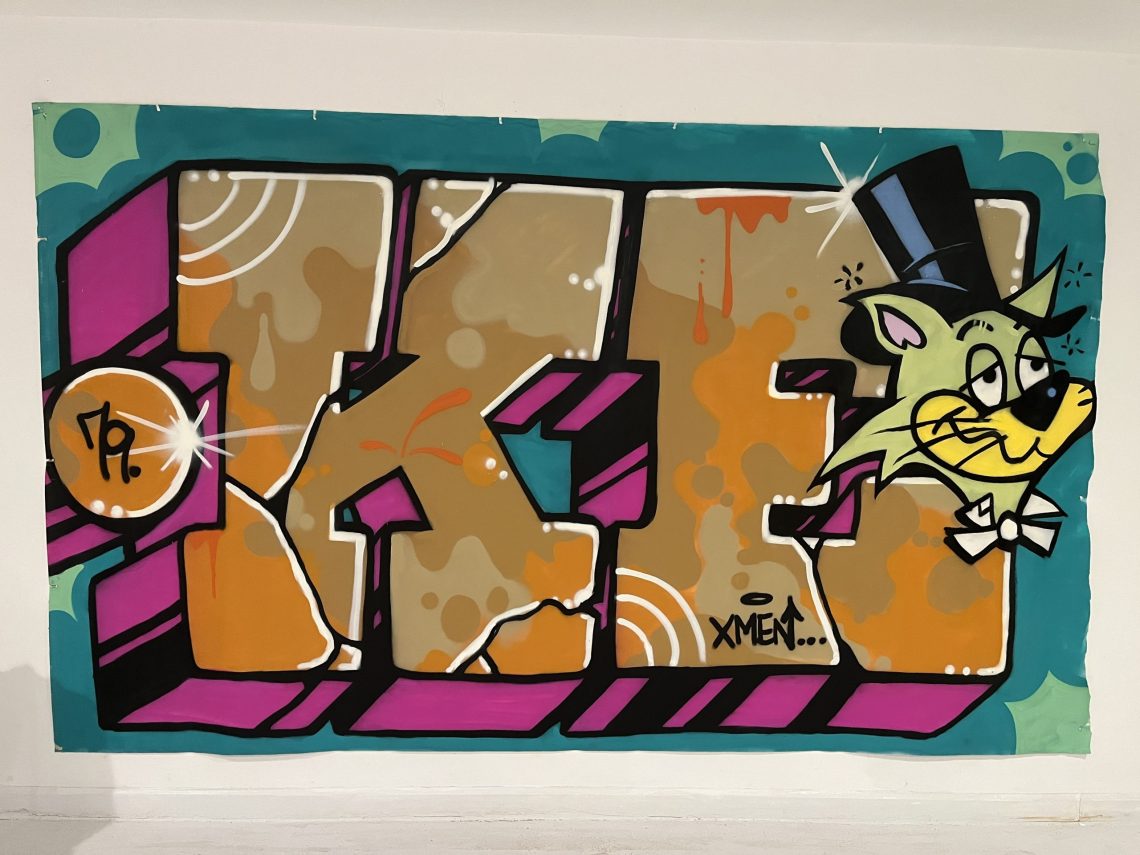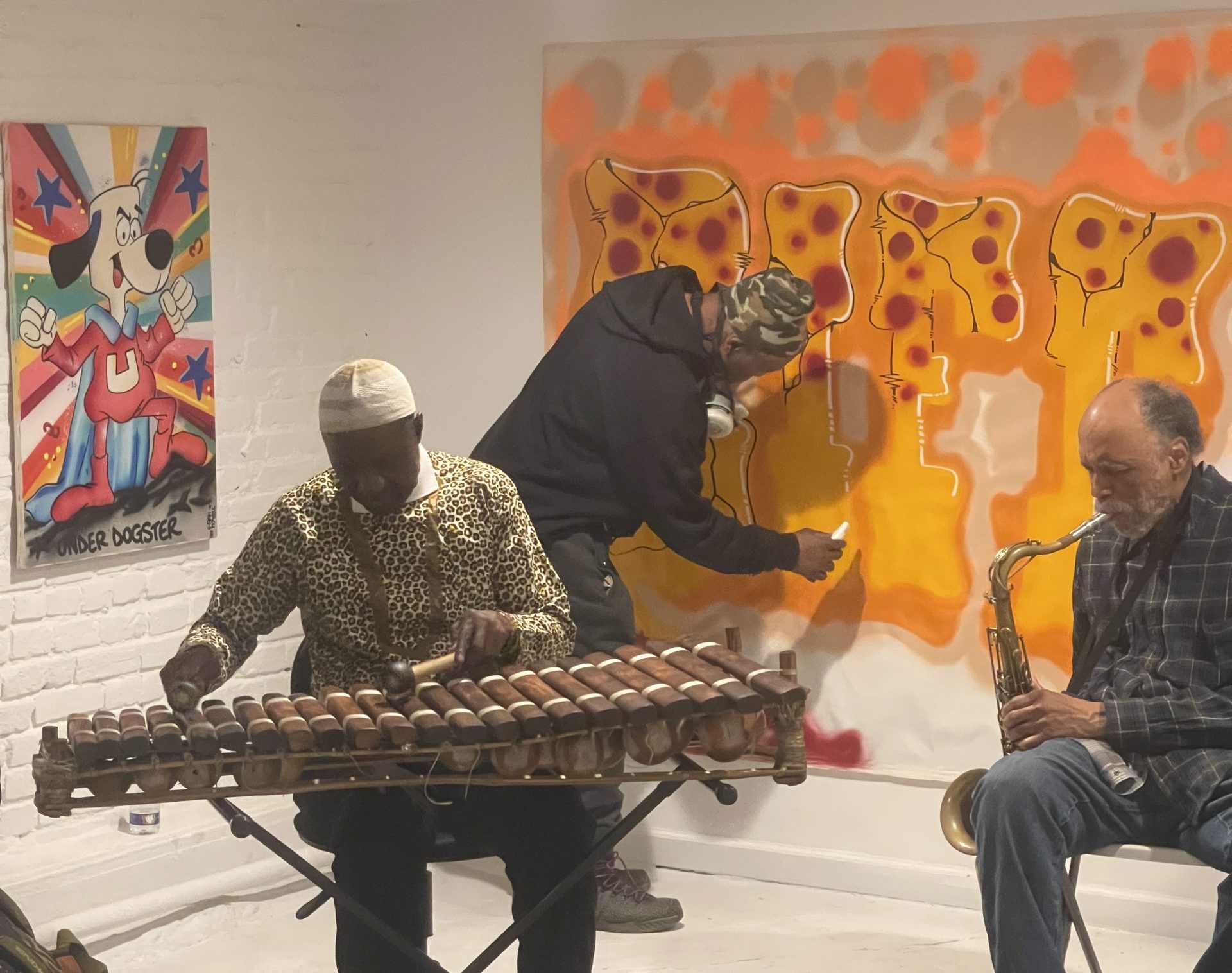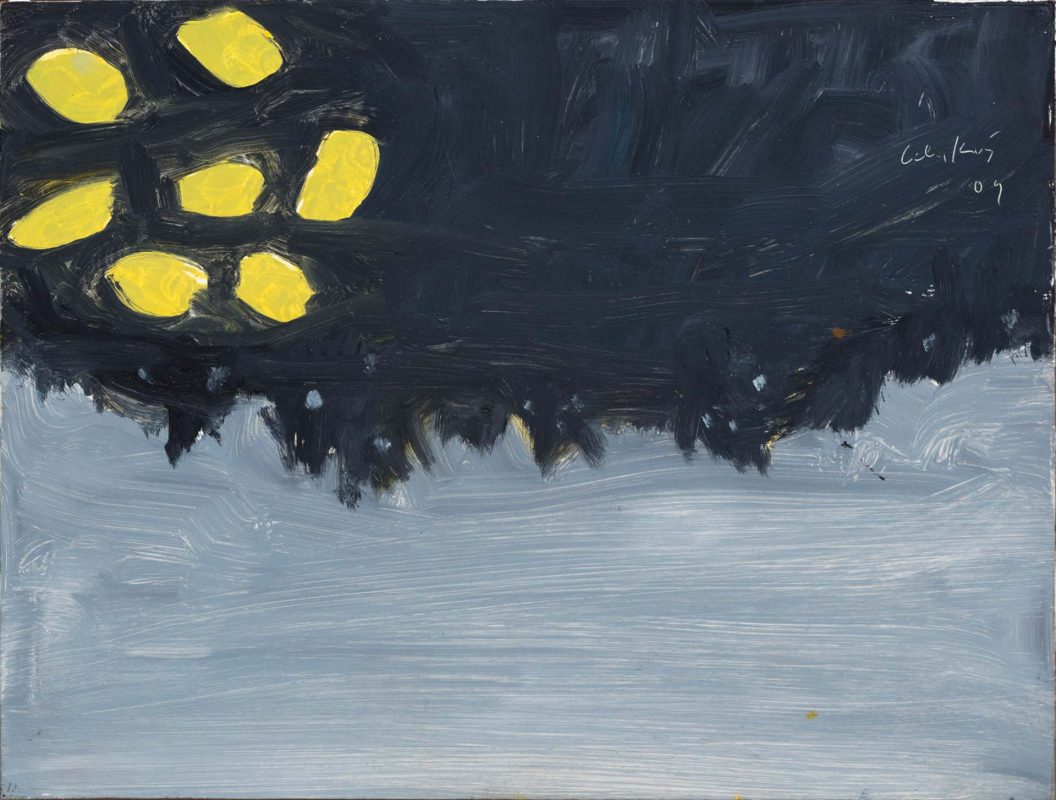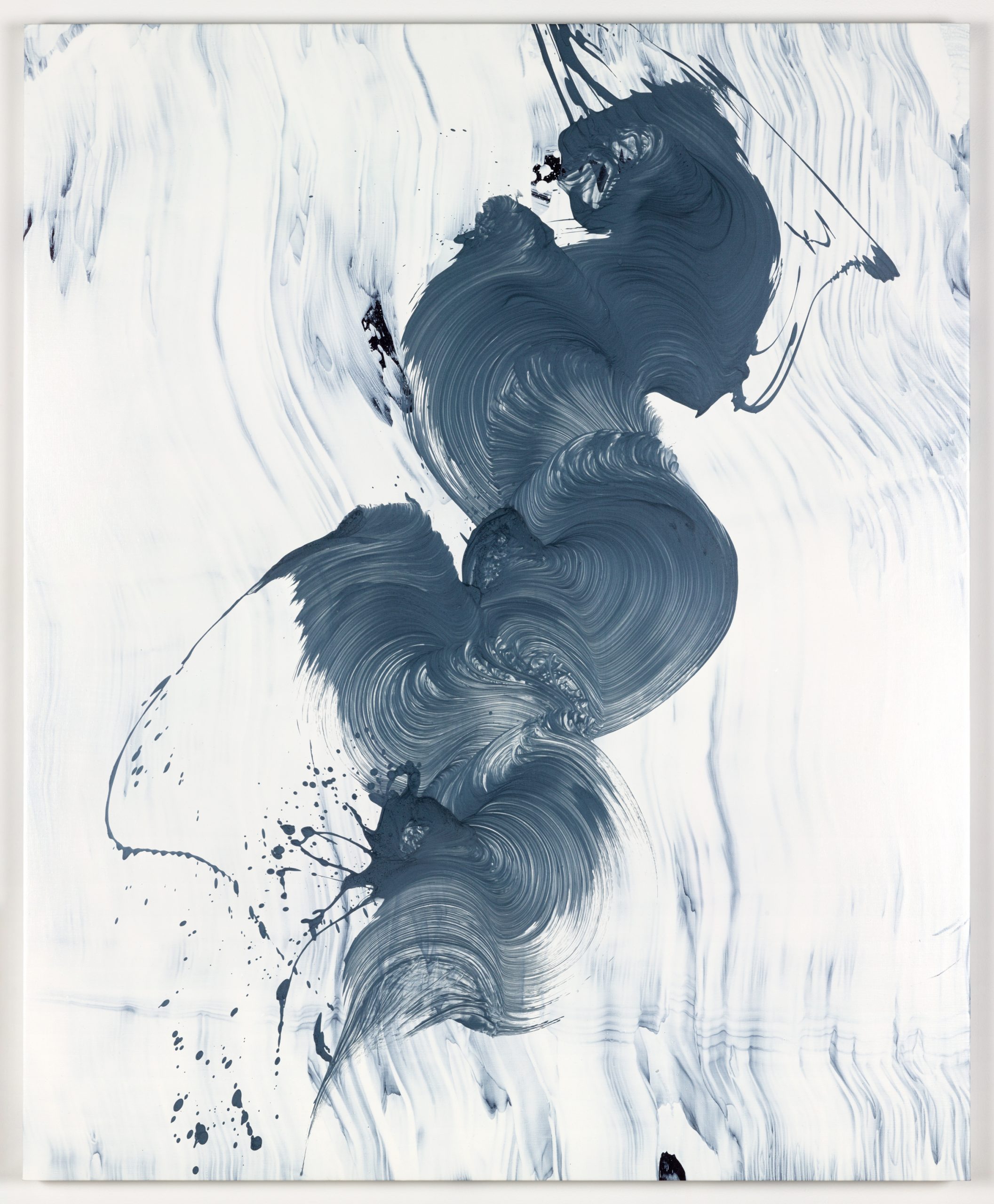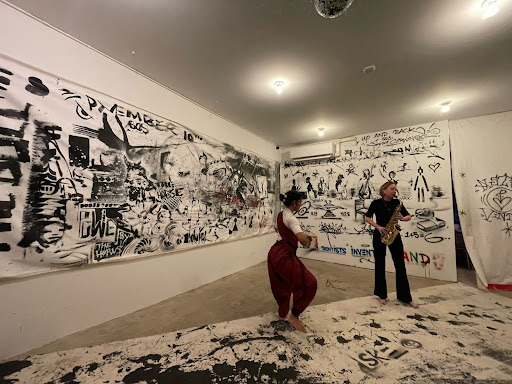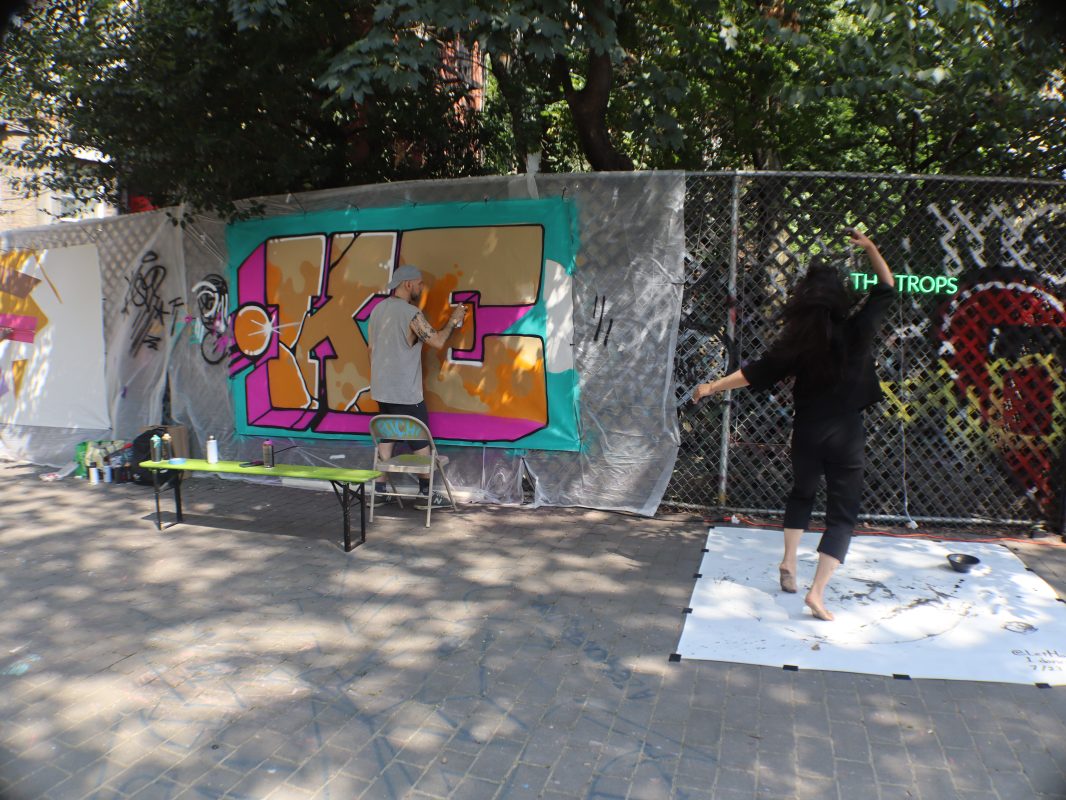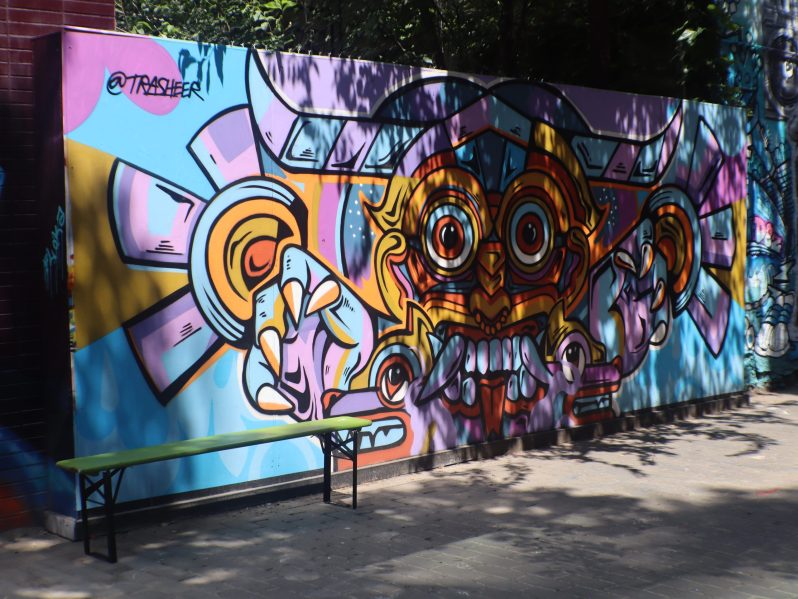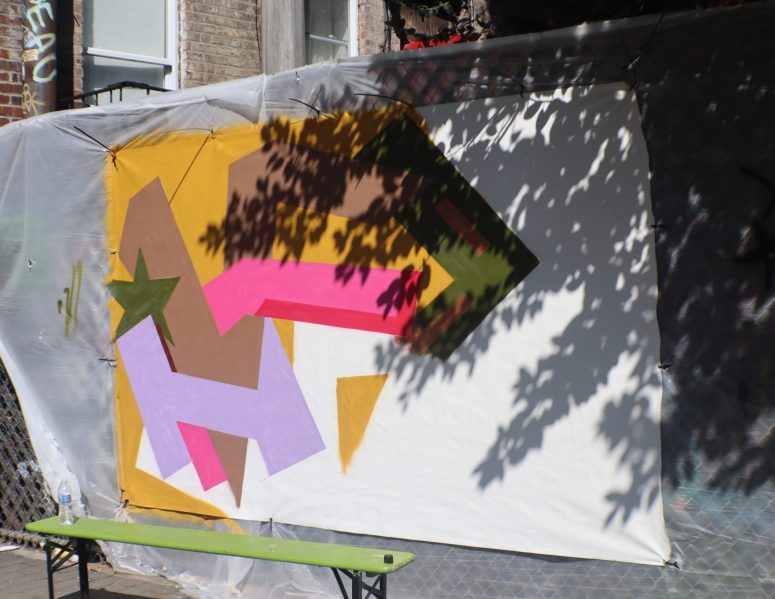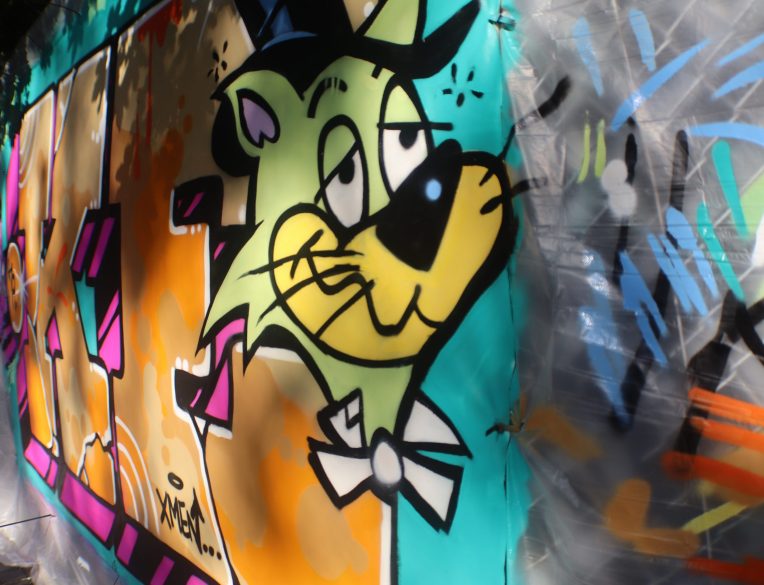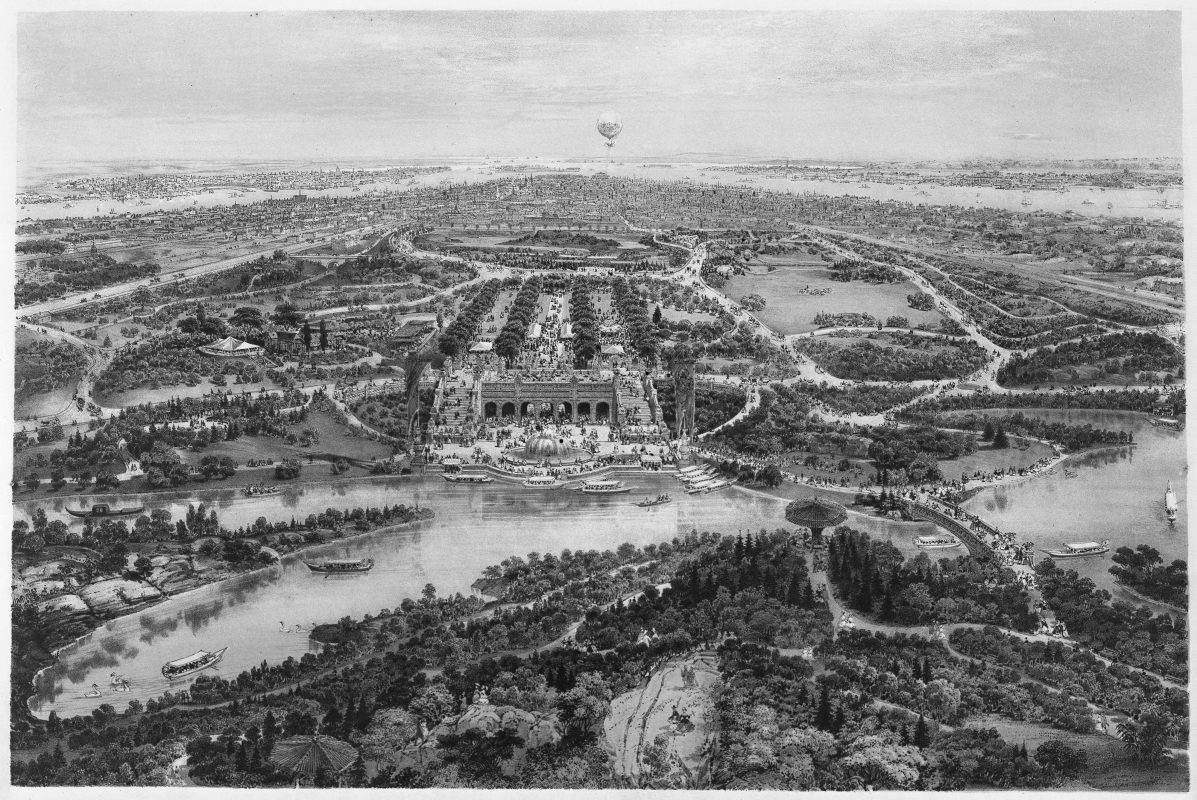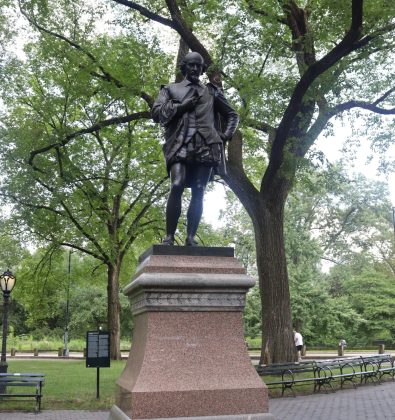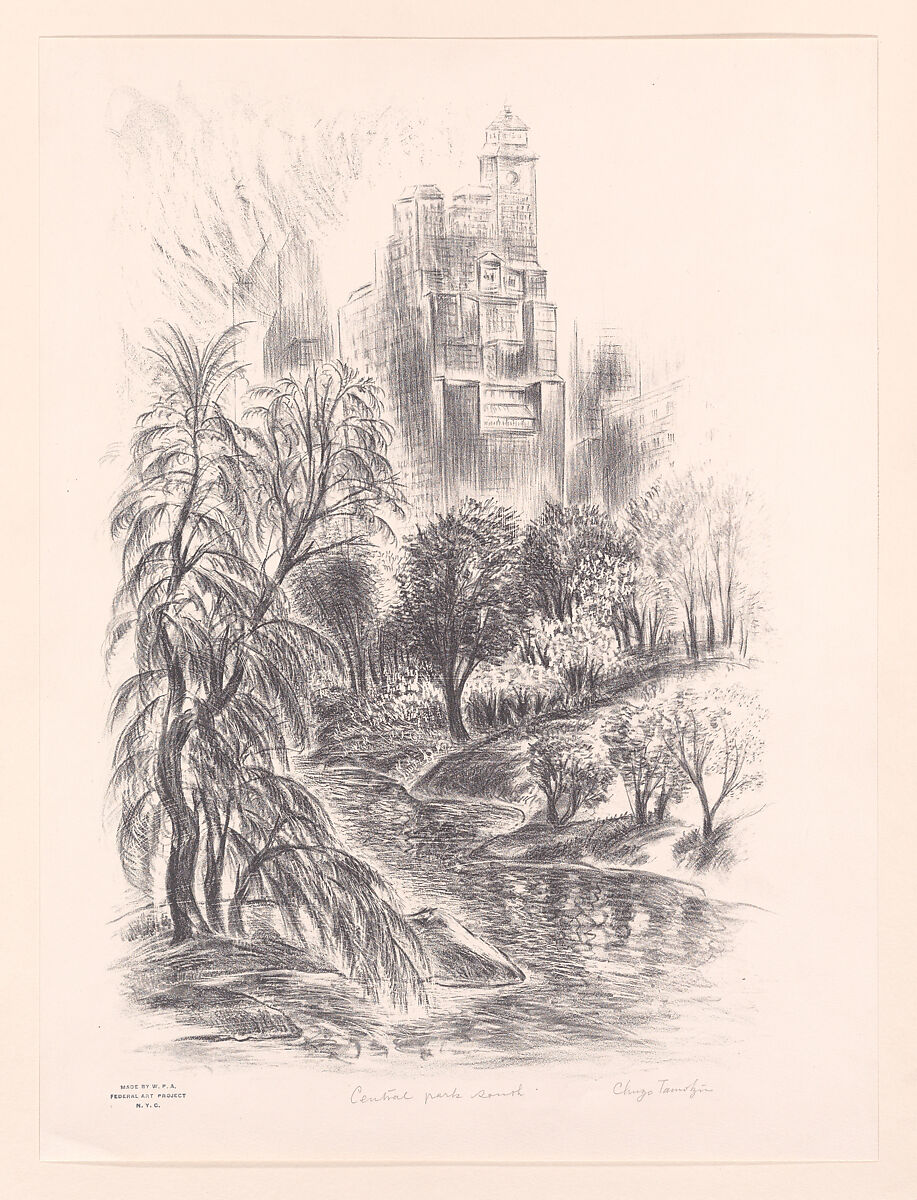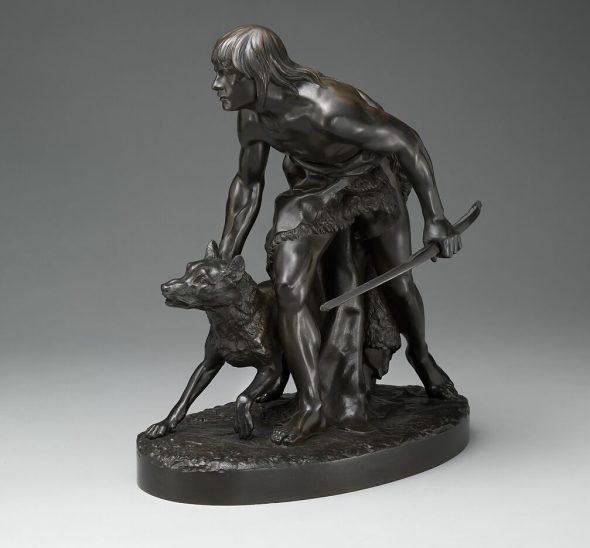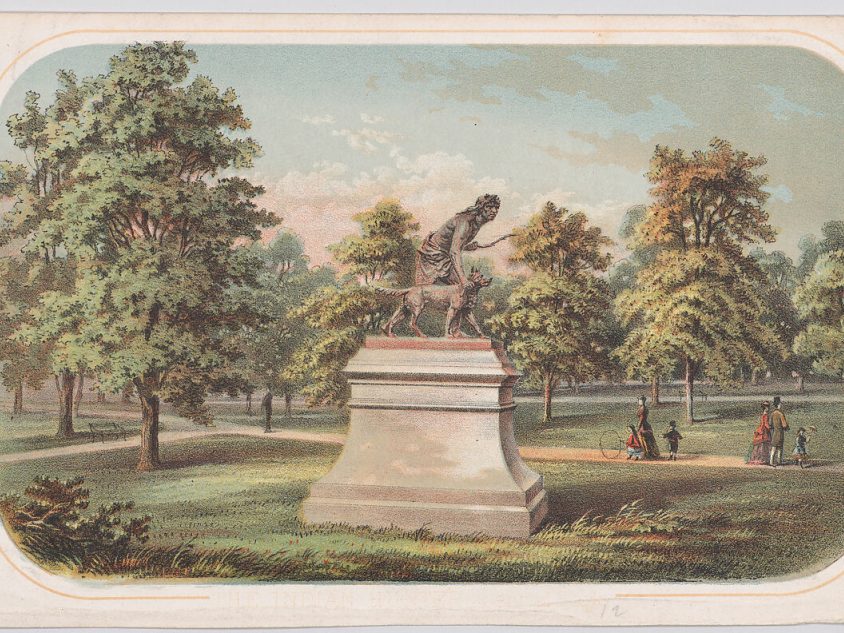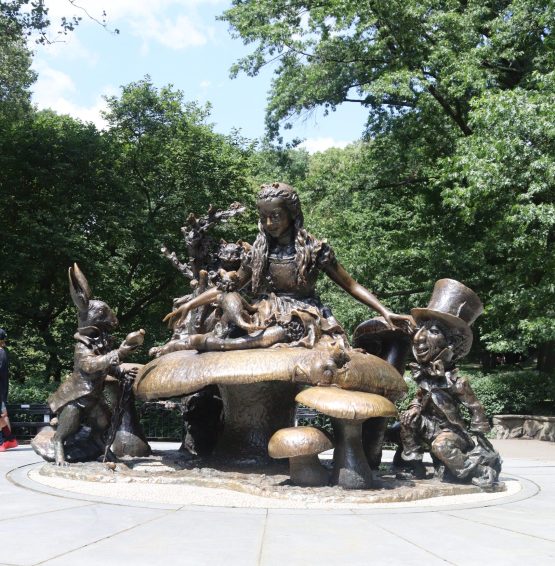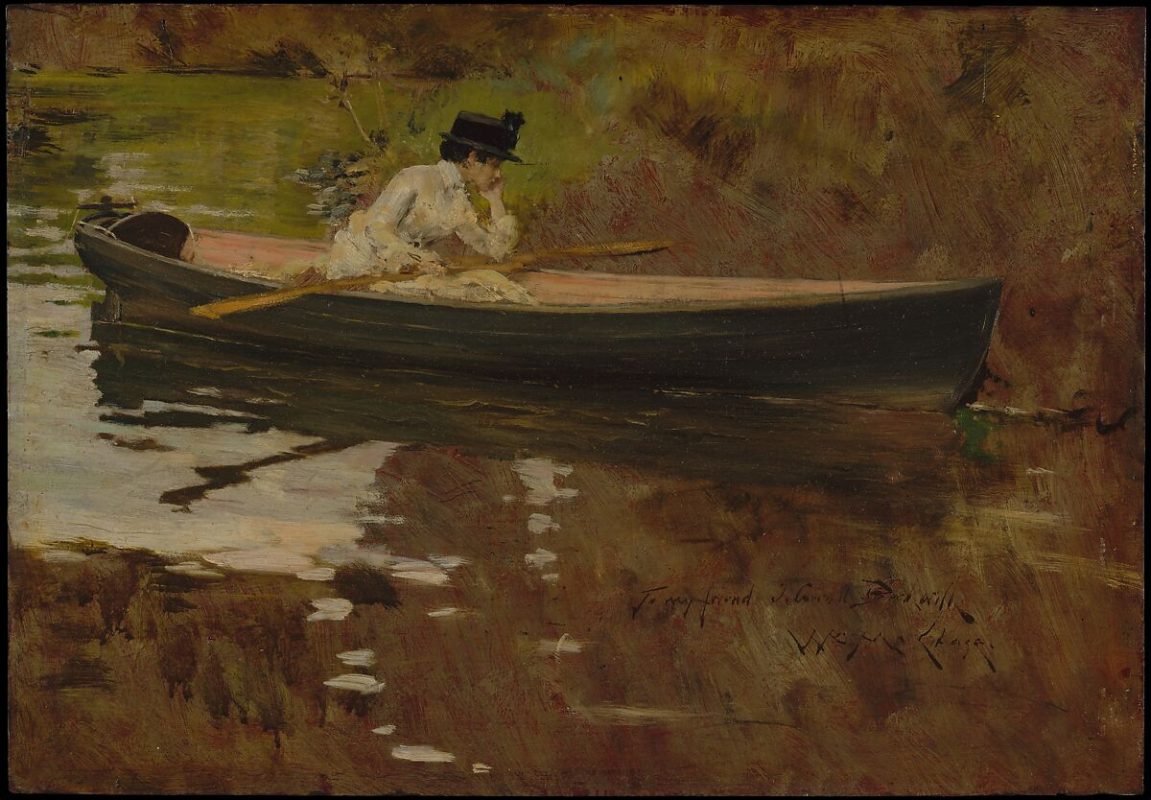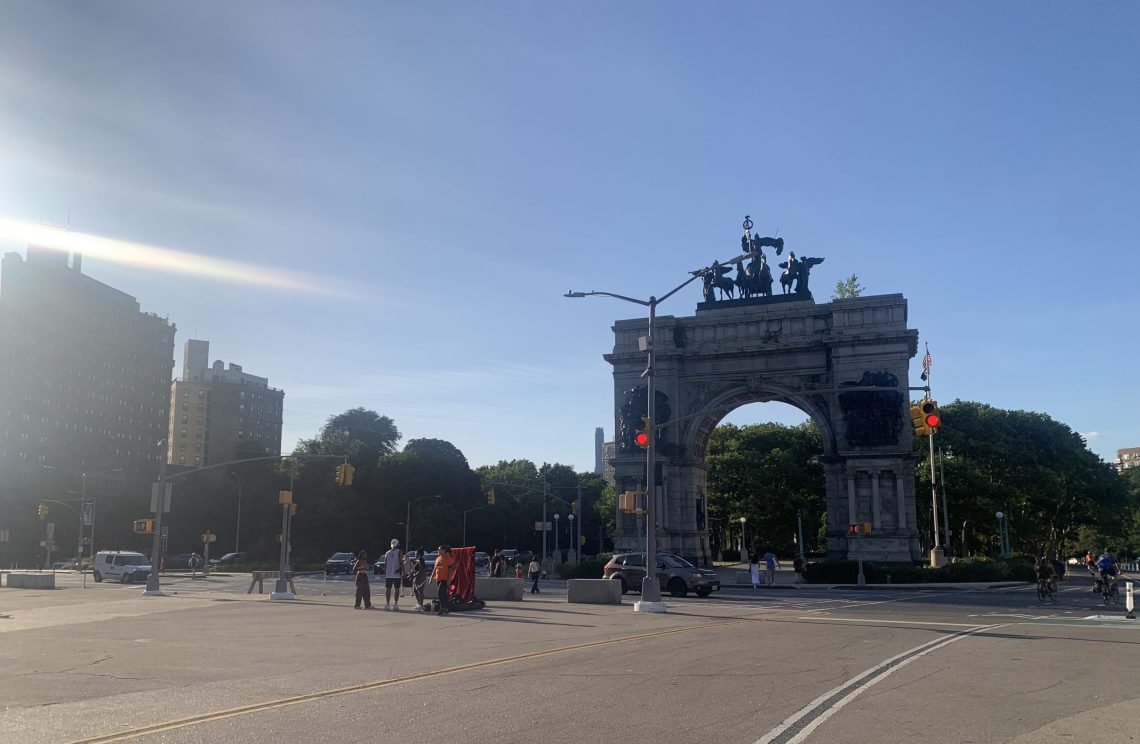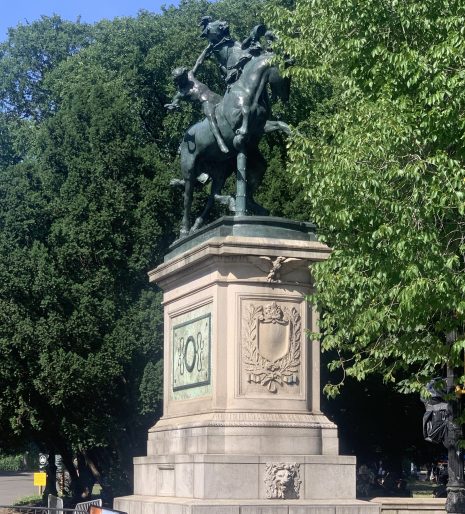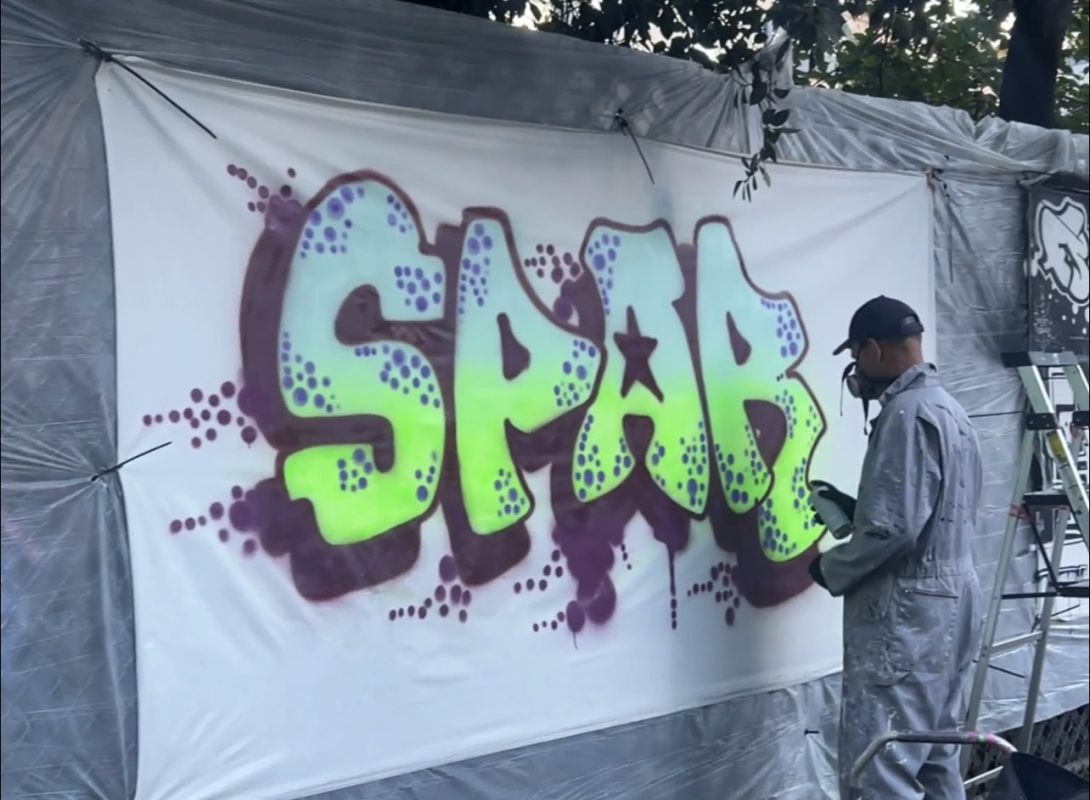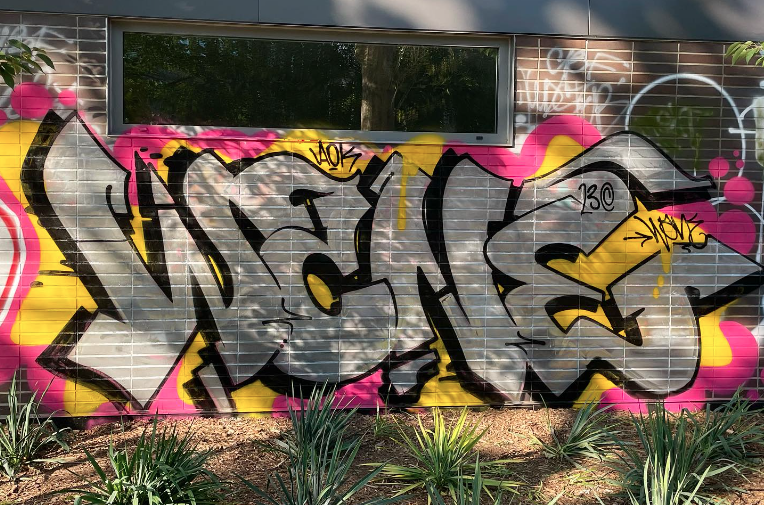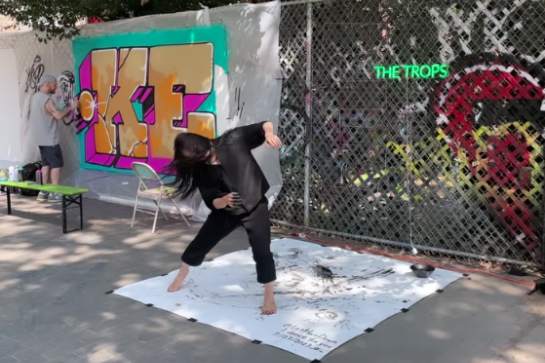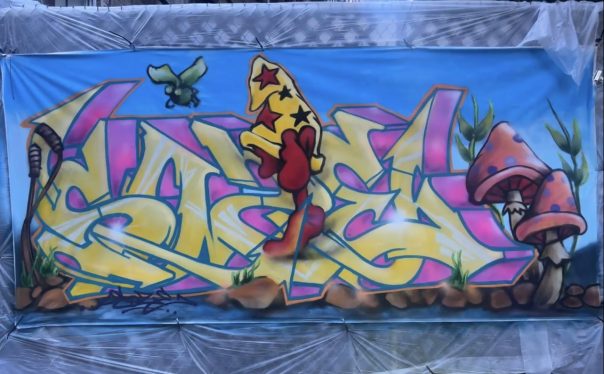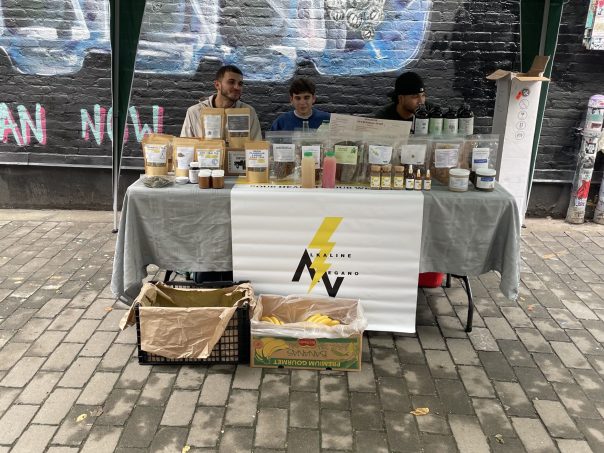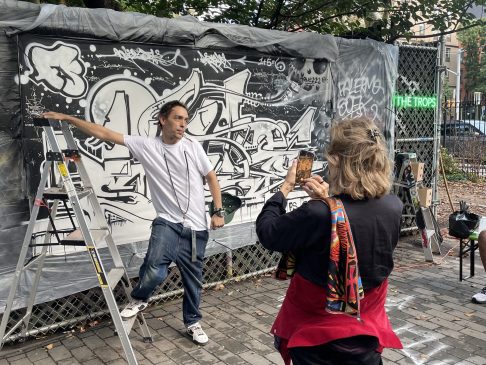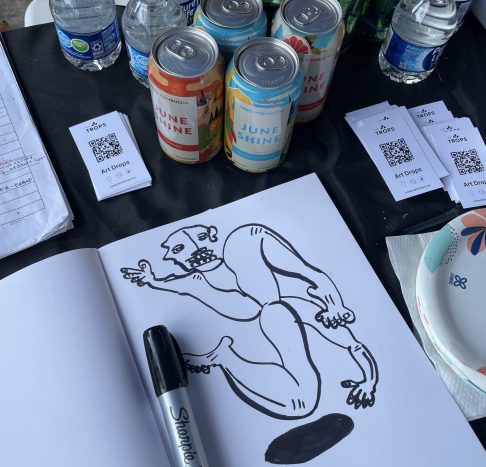Xingzi Gu’s “Pure Heart Hall”
Installation view of “Pure Heart Hall” by Xingzi Gu at Lubov Gallery
I love when a gallery is in an off-beat, walk-up, possibly residential building. I like when you have to be buzzed in, or make an appointment, or be led by only a small, inconspicuous and un-explaining sign with the name of the gallery on it. It adds a little suspense to your average city gallery day. This was the case for “Pure Heart Hall” by Xingu Gu at Lubov Gallery, running from April 27th- July 13 in Chinatown, NYC.
I usually find new artists and gallery openings because I keep my eye on art in the city. This time, I found an image of a painting by Xingzi Gu online– “Rouge”. I thought it was so beautiful, I loved the way the artist treated the paint. I loved the way the figure was treated. It all felt very fresh to me.
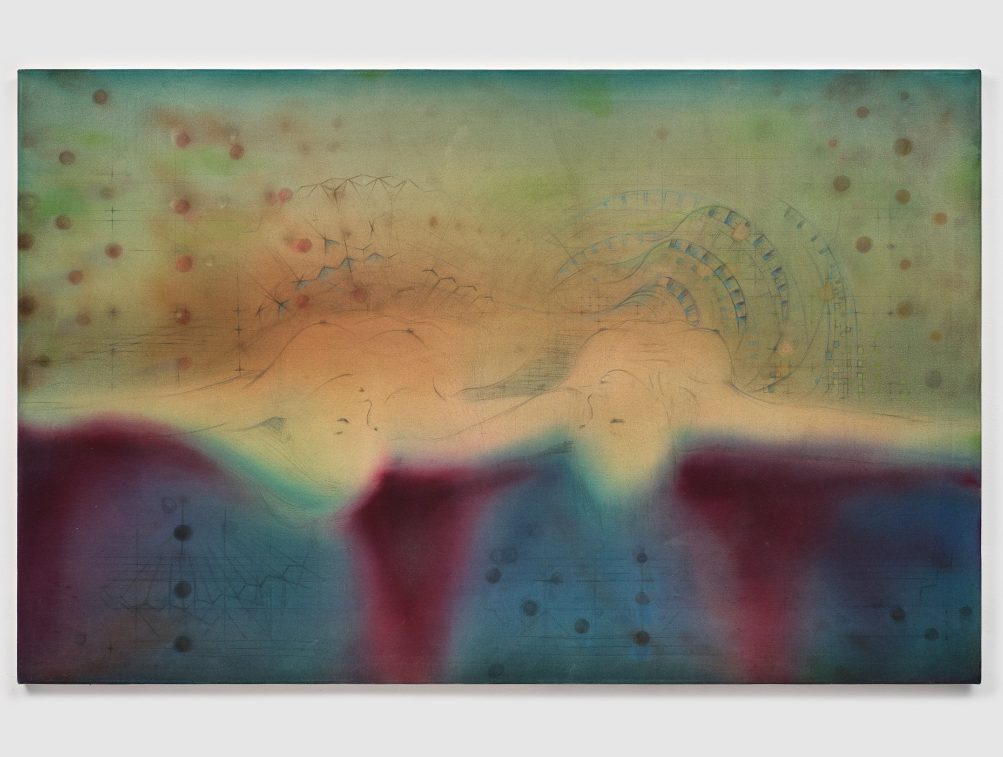
Xingzi Gu, Landline, 2023-24, via Lubov Gallery
The physical quase-inaccessibility of the show lies in discord with the press around it. I was easily able to find more works, and more about the artist, who shared their views on their understanding of the body and its aura, and how that manifests in their paintings. All very interesting. I had such good fortune that there was a recently opened exhibition of the artist’s work near me.
The paintings were in oil and acrylic on canvas, applied thinly, which added luminosity to the paintings and didn’t conceal the delicate pencil and raw canvas underneath. Some paintings were hung and some were on the floor, leaning against the wall. The figures of the paintings were youthful and somewhat ambiguous, surrounded by vaporous auras of color. They had geometric or botanical motifs and the fantastical scenes suggested the spiritual. The narrative feels open ended, which only further draws the viewer into the haze.
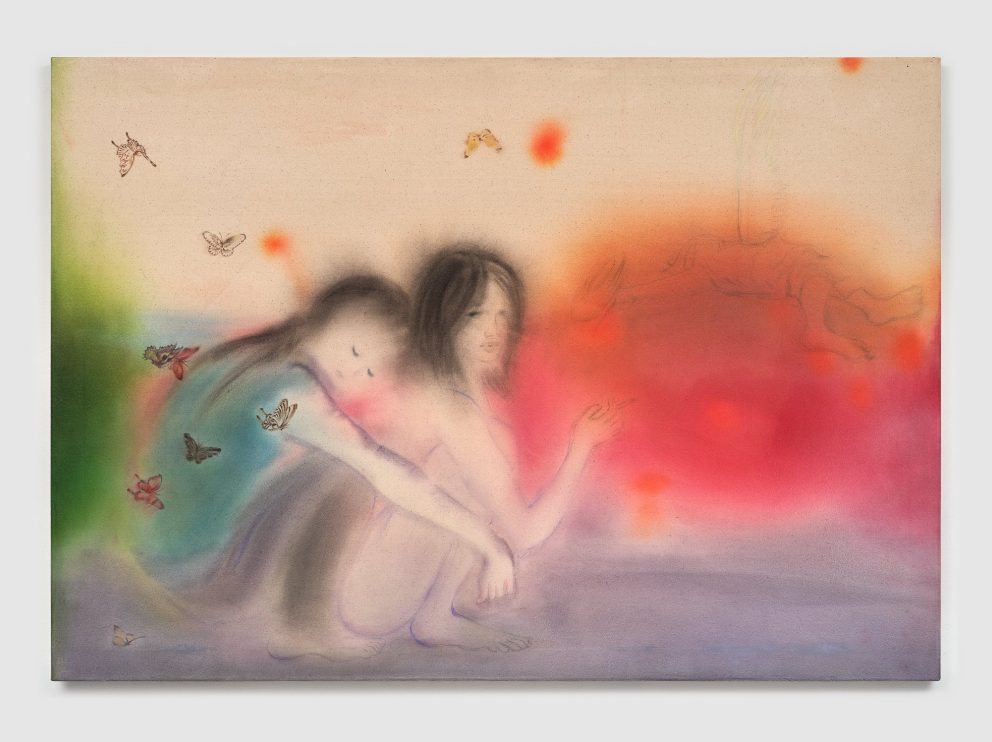
Xingzi Gu, Untitled (Ruddy or Ruddy Ice), 2024, via Lubov Gallery
Xingzi Gu’s “Pure Heart Hall” Read More »
Editorial